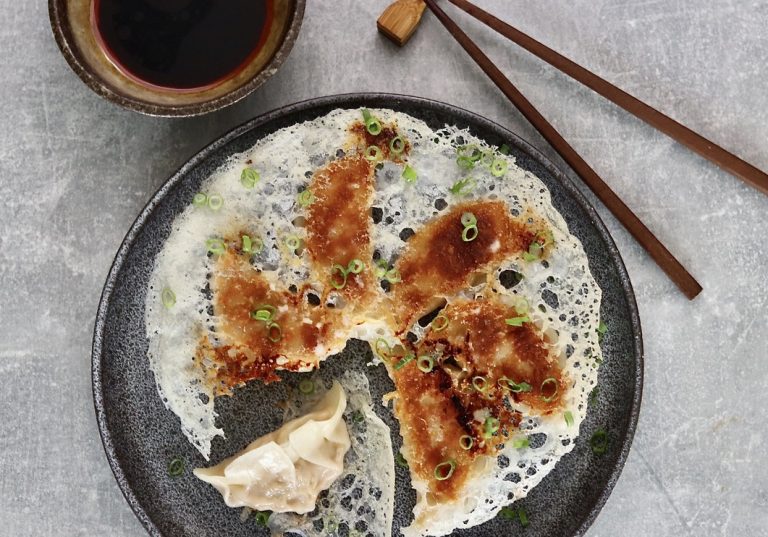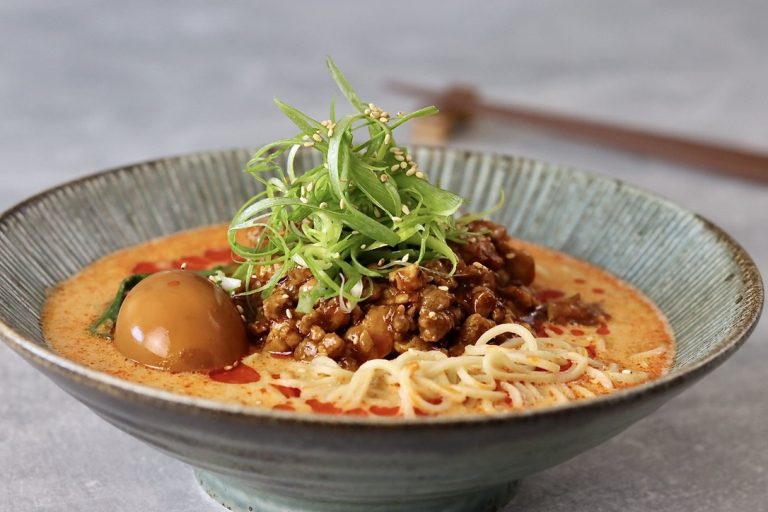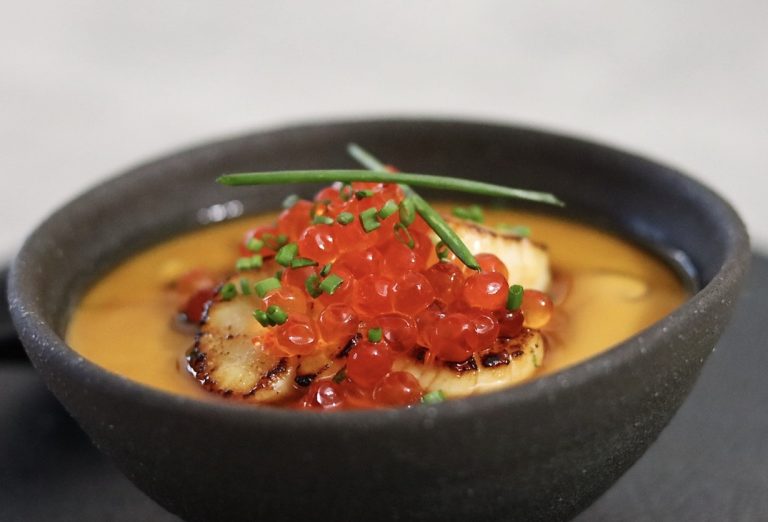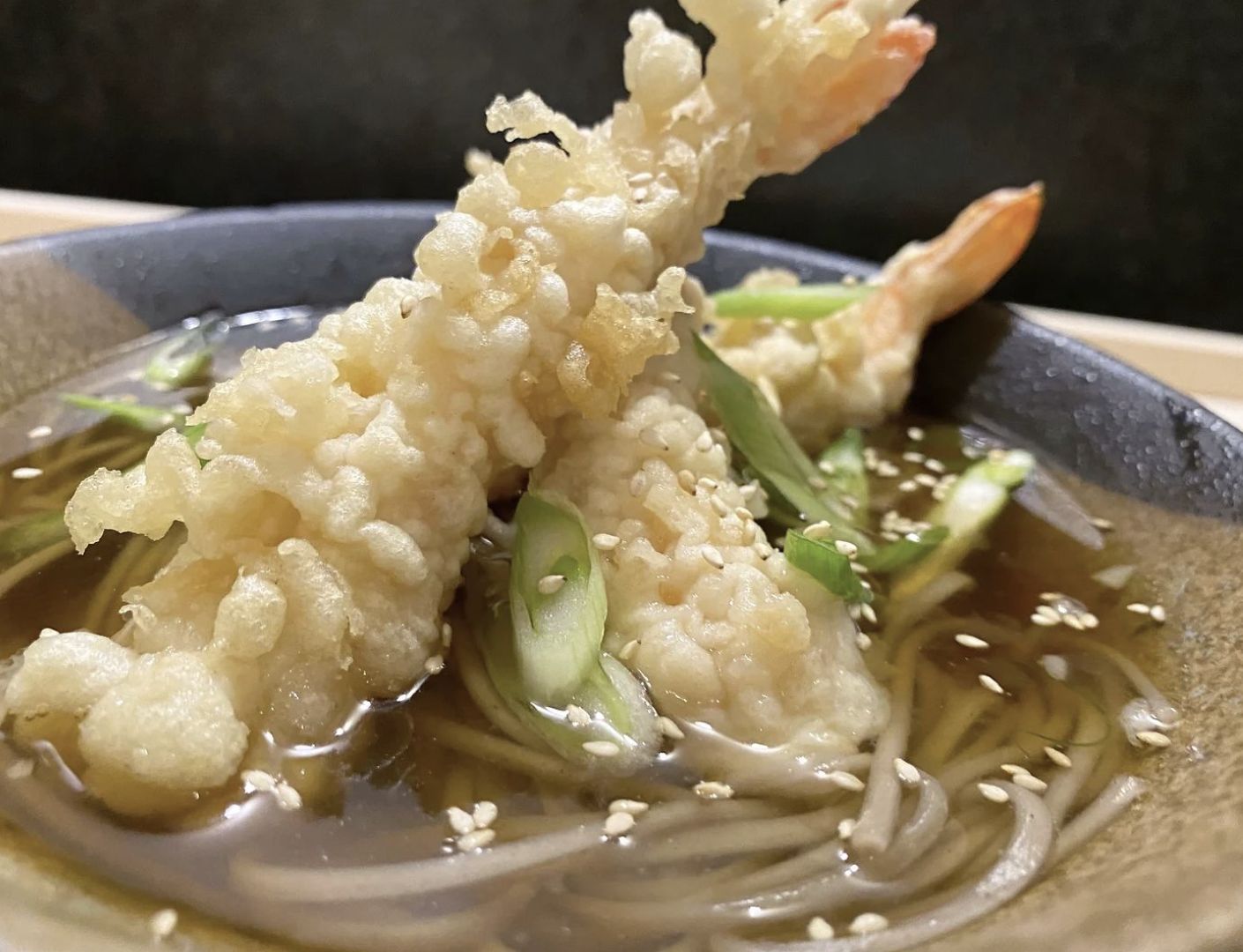

Intro:
Method:
Dashi soup
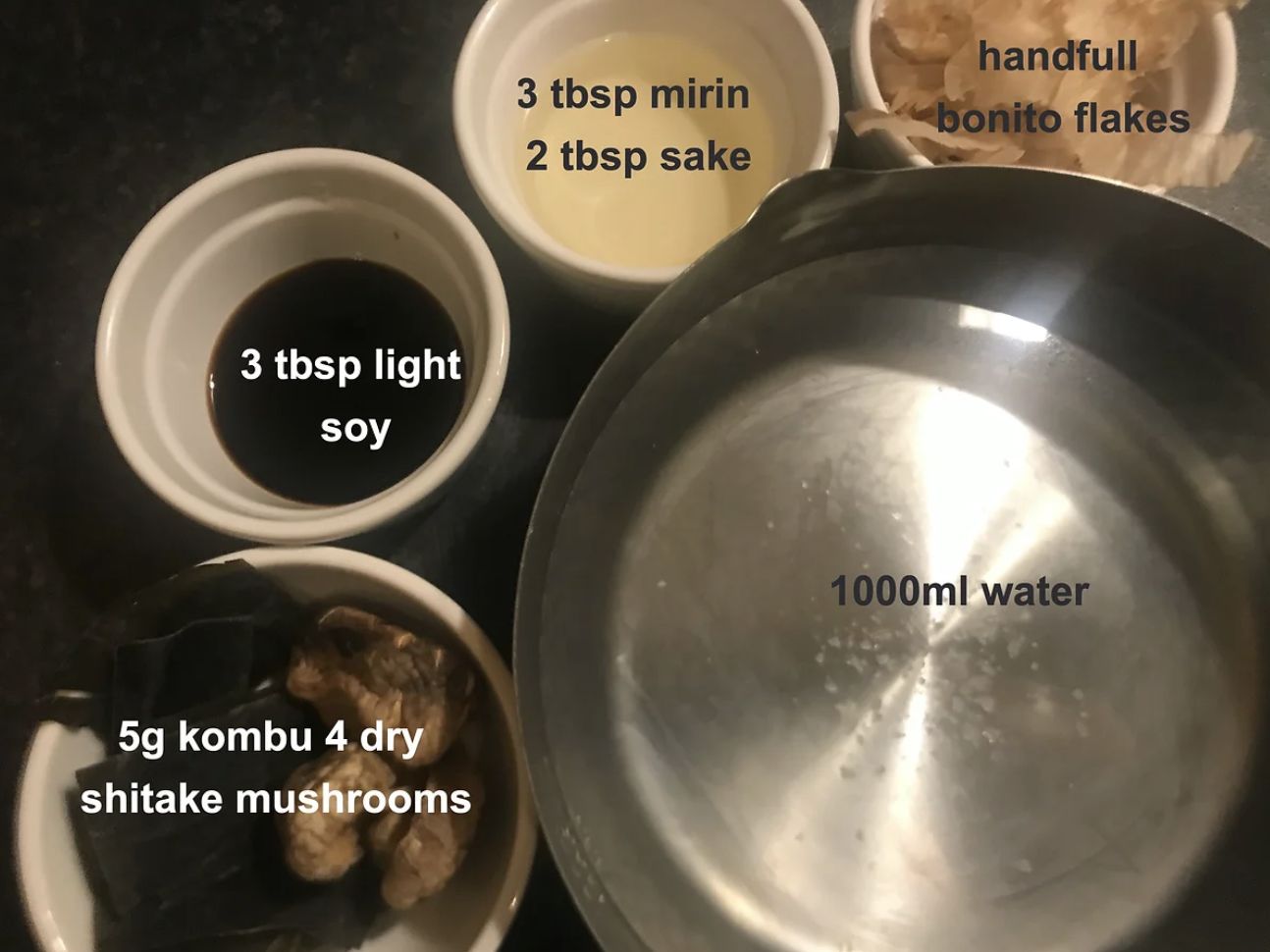
1. Let’s start this recipe by making the soup for the dish, begin with dashi, in a pan add 1000ml of water, 5g of kombu and 4 dry shitake mushrooms. Place the pan onto a medium high heat and slowly bring up to a boil. When boiling remove the pan from the heat then add a handful of bonito flakes. Allow the stock to infuse for 15 minutes off the heat.
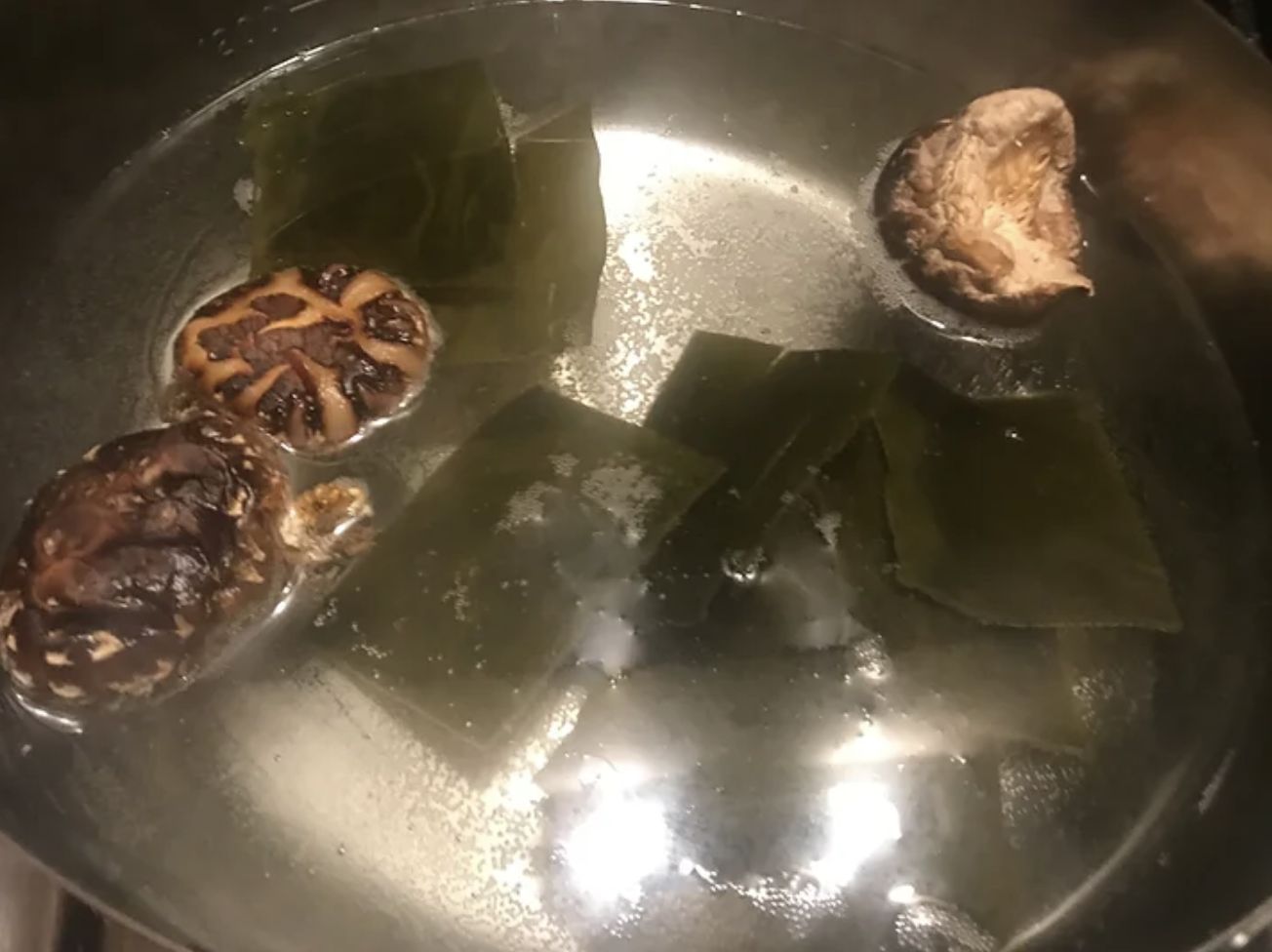
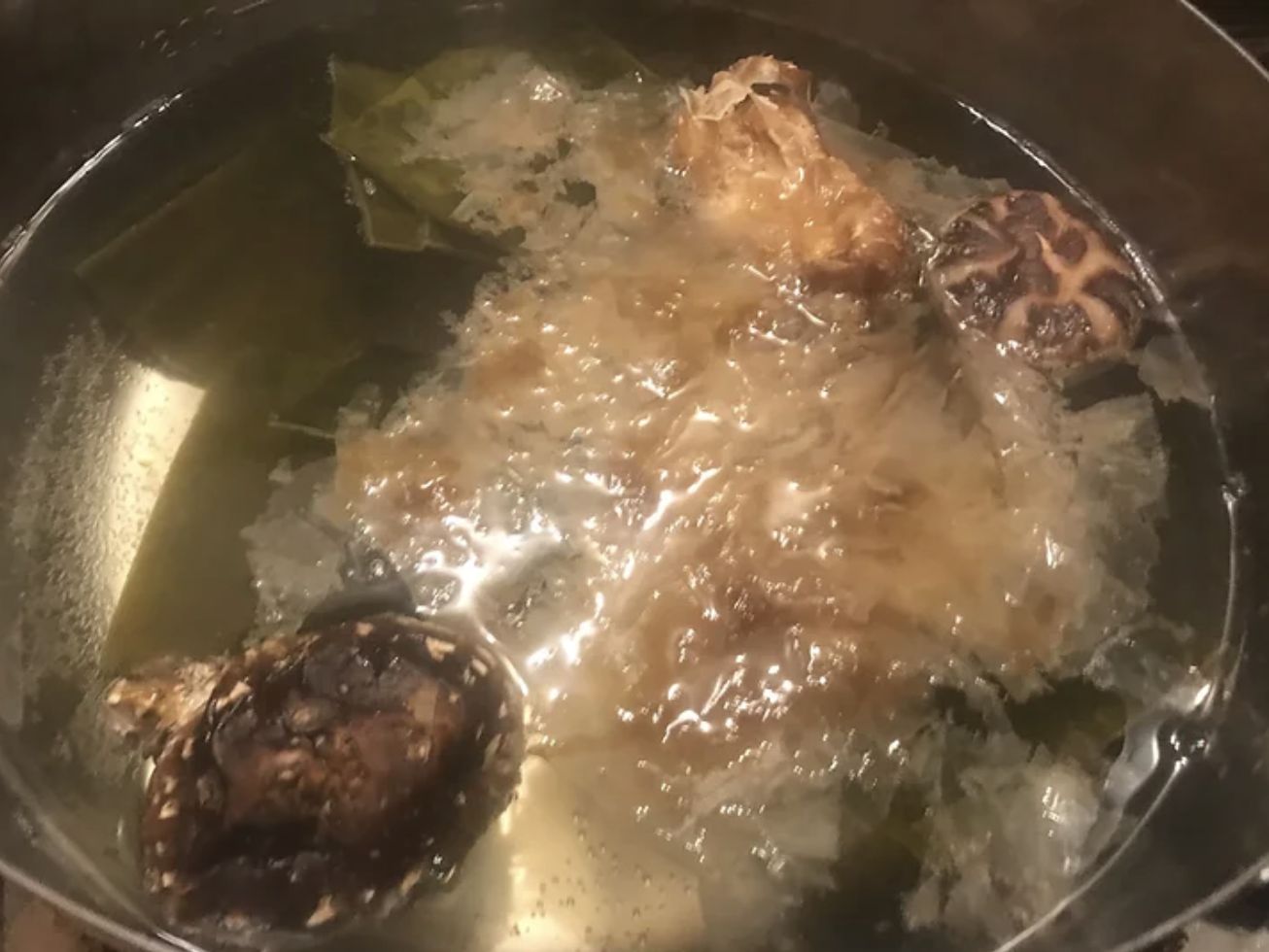
2. After 15 minutes the stock should be ready, strain off the stock into a fresh pan then place onto a high heat. Bring the stock back up to a boil again, then add 3 tbsps of light soy, 3 tbsps of mirin, 2 tbsps of sake and a decent pinch of salt. Turn the soup down to a medium heat and simmer for 10 minutes. Now the soup is ready adjust with additional salt if needed then place the soup to one side for later.
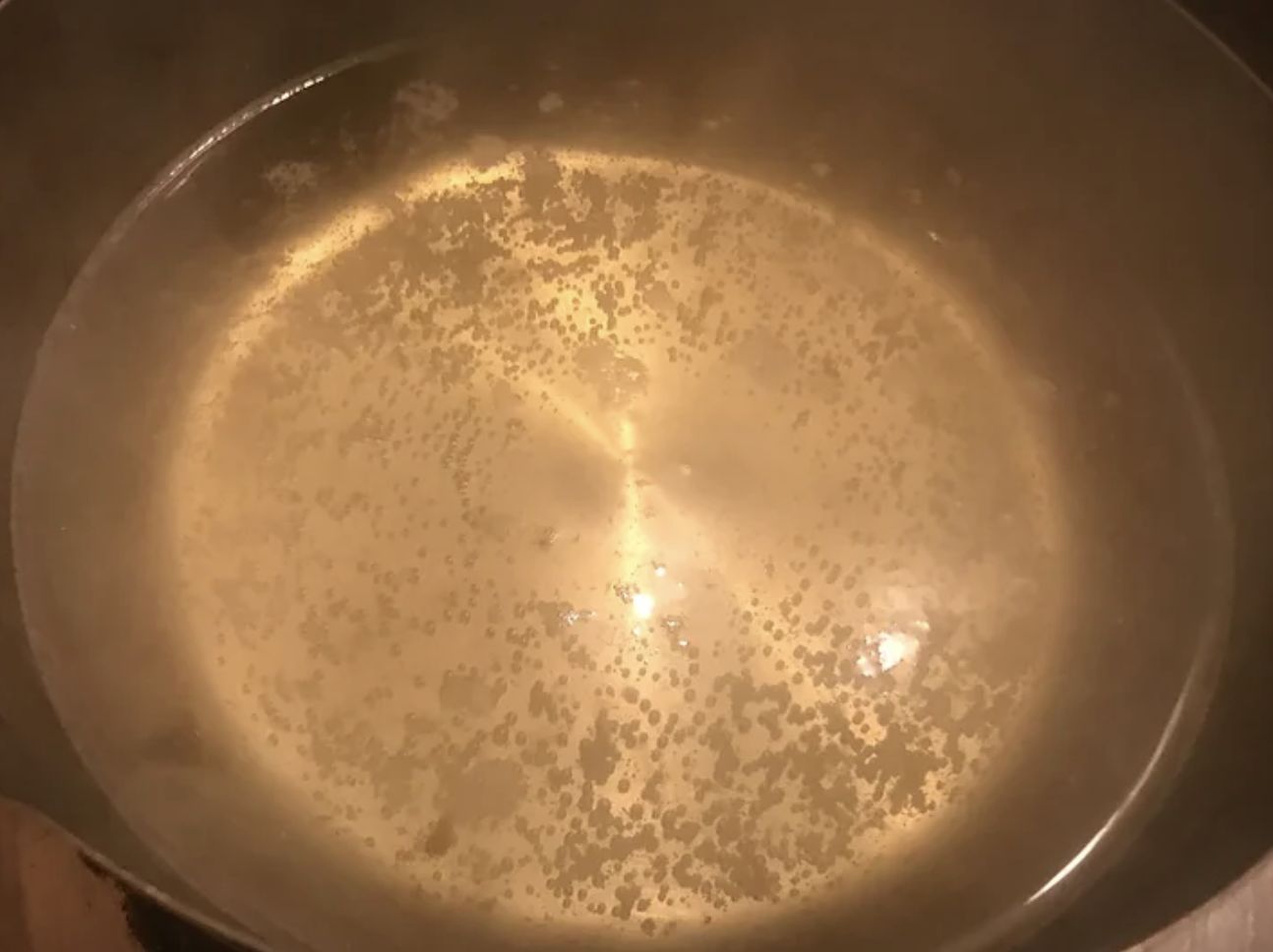
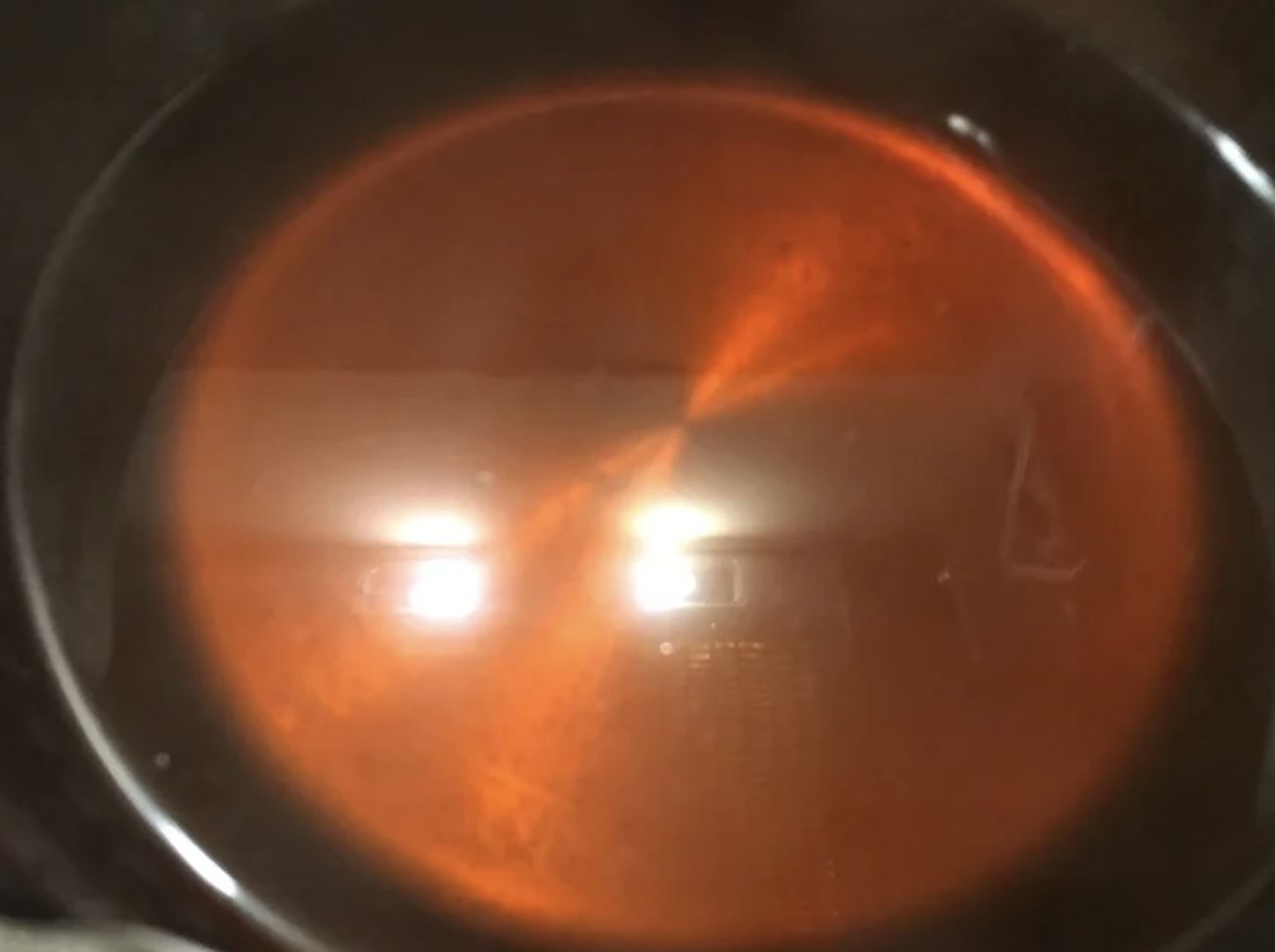
Soba noodles
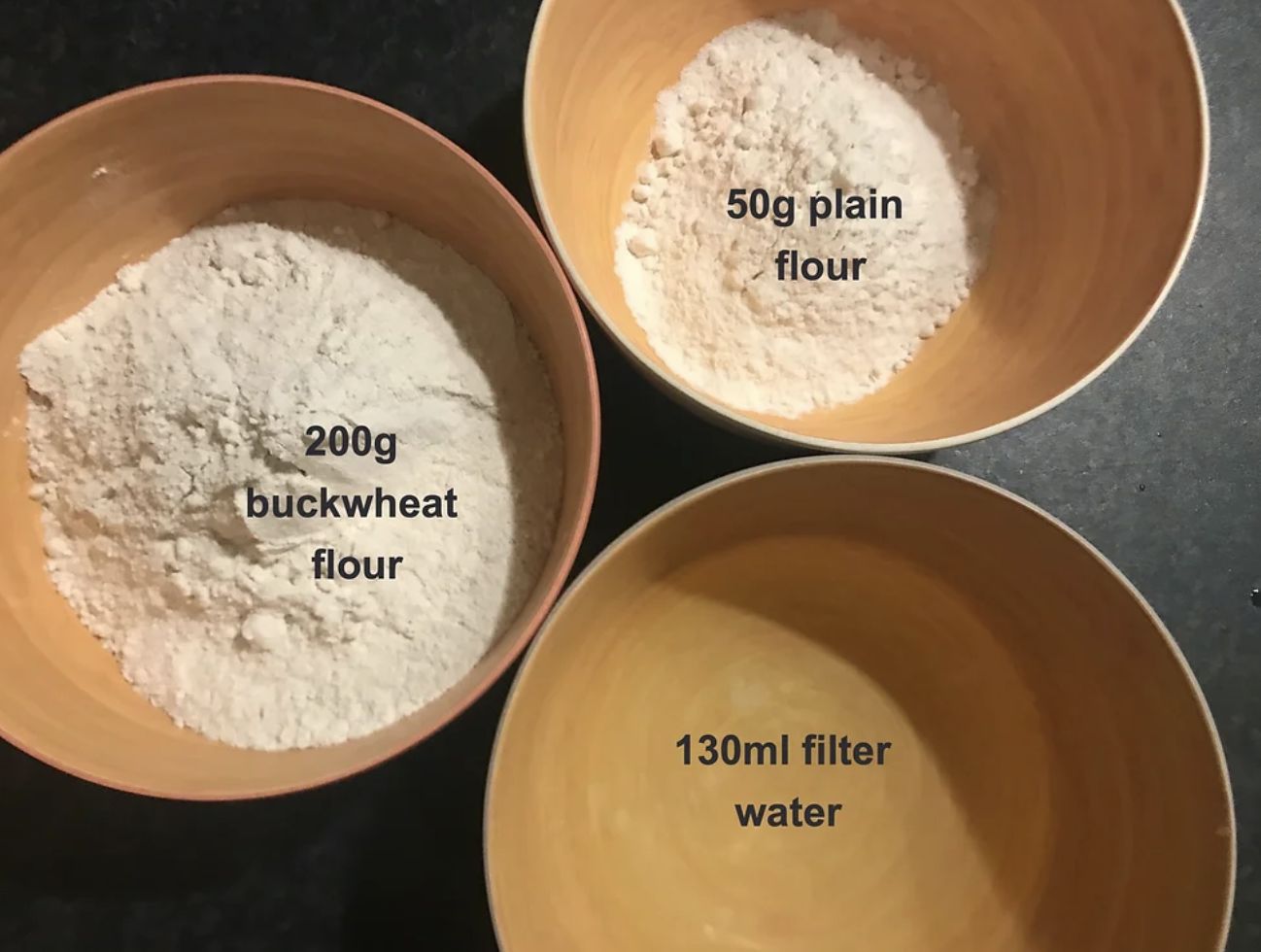
3. Now let’s move onto the noodles, start by adding 200g of buckwheat flour and 50g of plain flour to a large mixing bowl. Mix the flour together with chopsticks then pass the flour through a sieve into a fresh mixing bowl. Now gradually add 130ml of filter water to the flour mixing continuously with your hands. This is to ensure that all of the flour gets completely hydrated in the water. When the flour looks and feels almost crumbly, start to knead until it forms a dough.
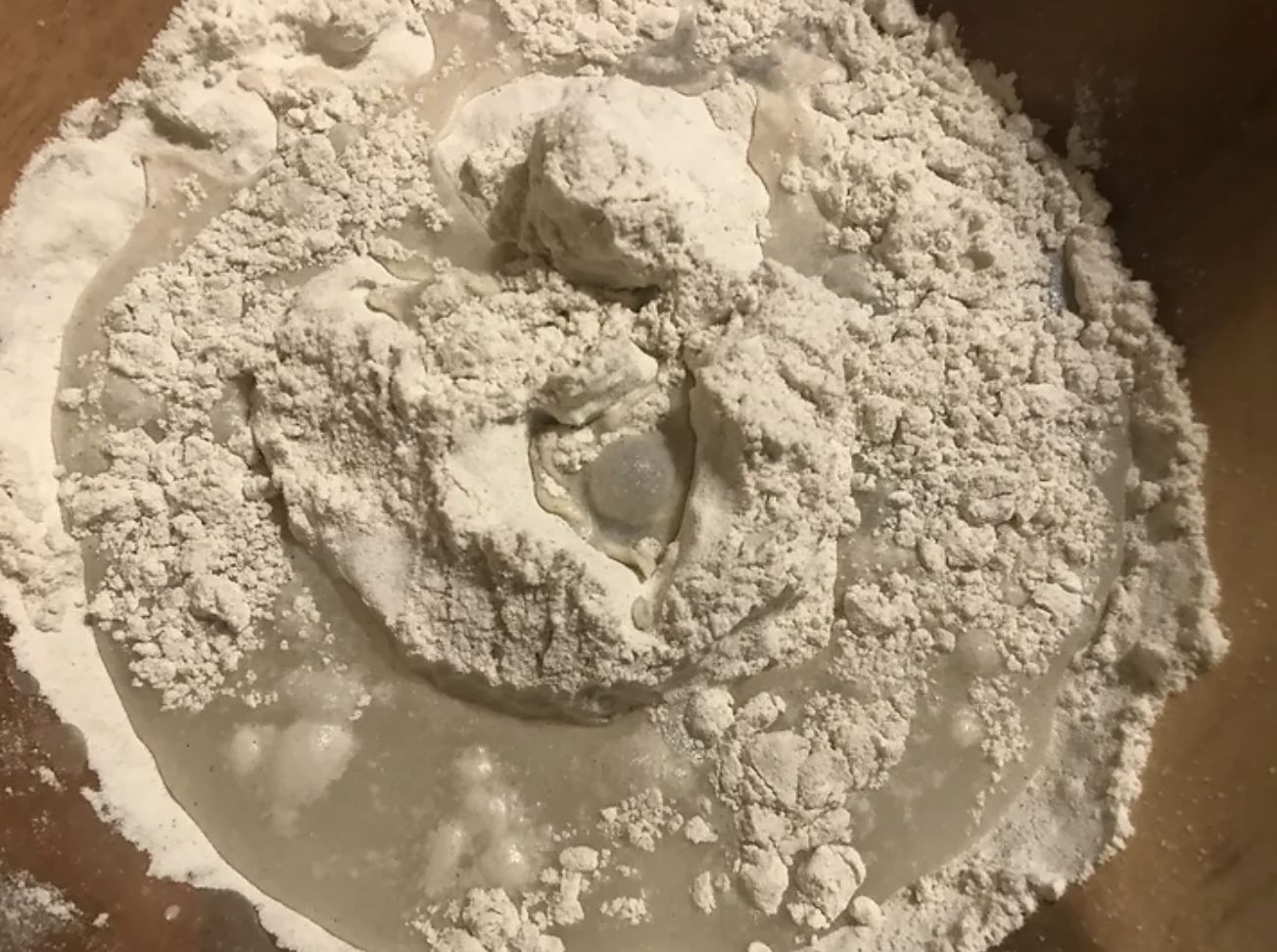
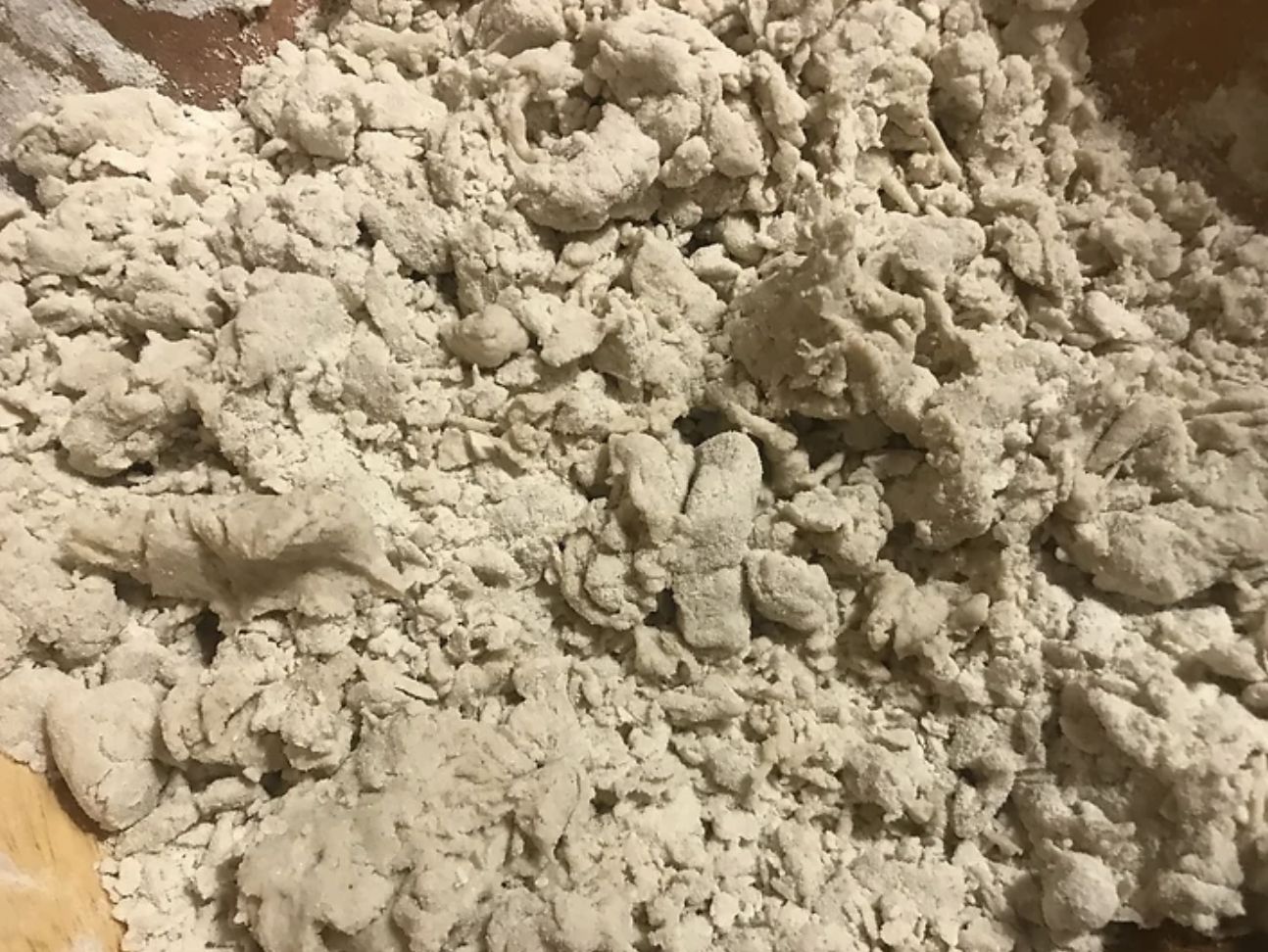
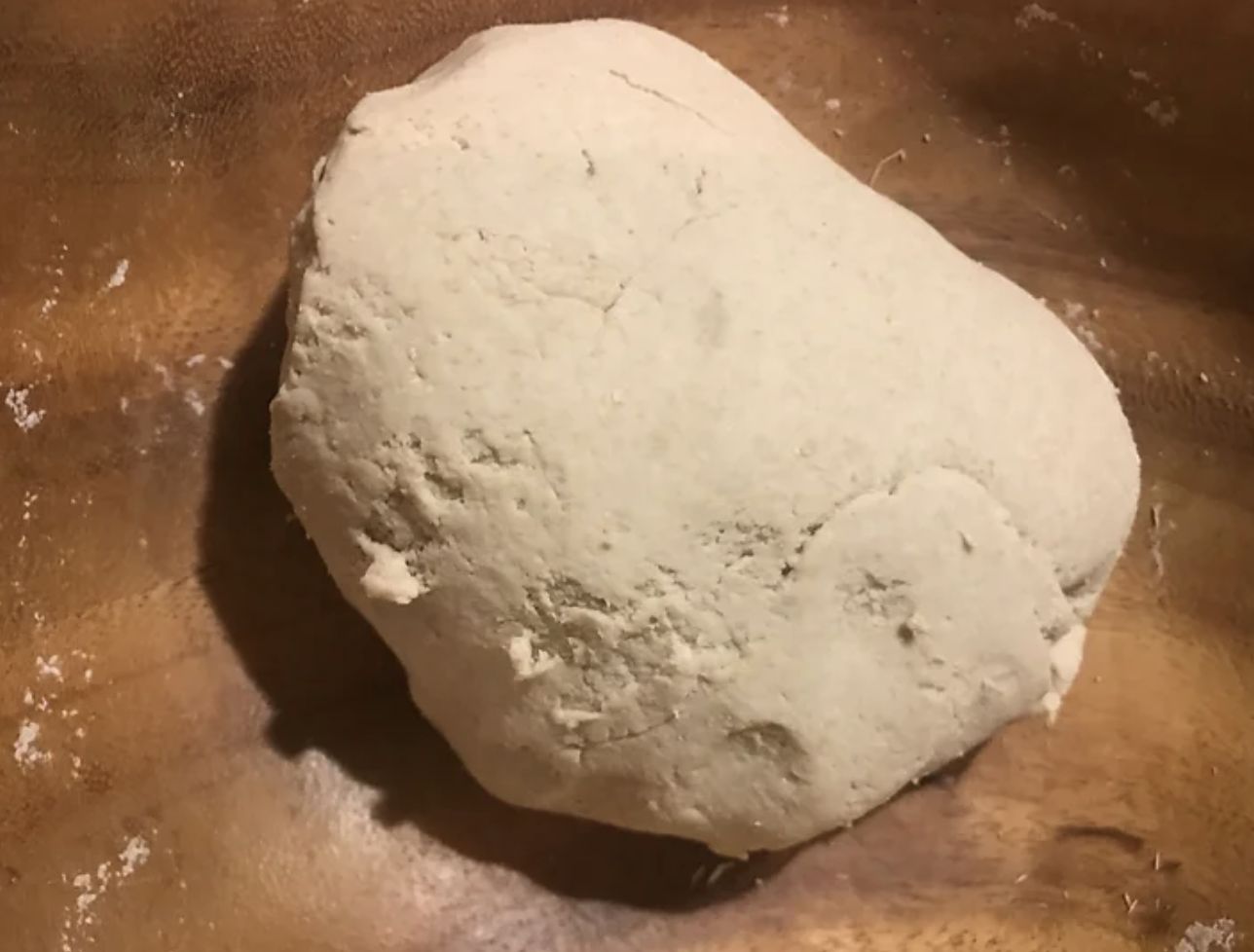
4. Now the dough is formed fold the dough inside out bringing the dough together to form a smooth circular piece of dough. To close the fold on the inside, gently shape the dough whilst sealing the top forming a smooth triangle shape. (This part of the rolling stage is important as it releases any unwanted air in the dough).
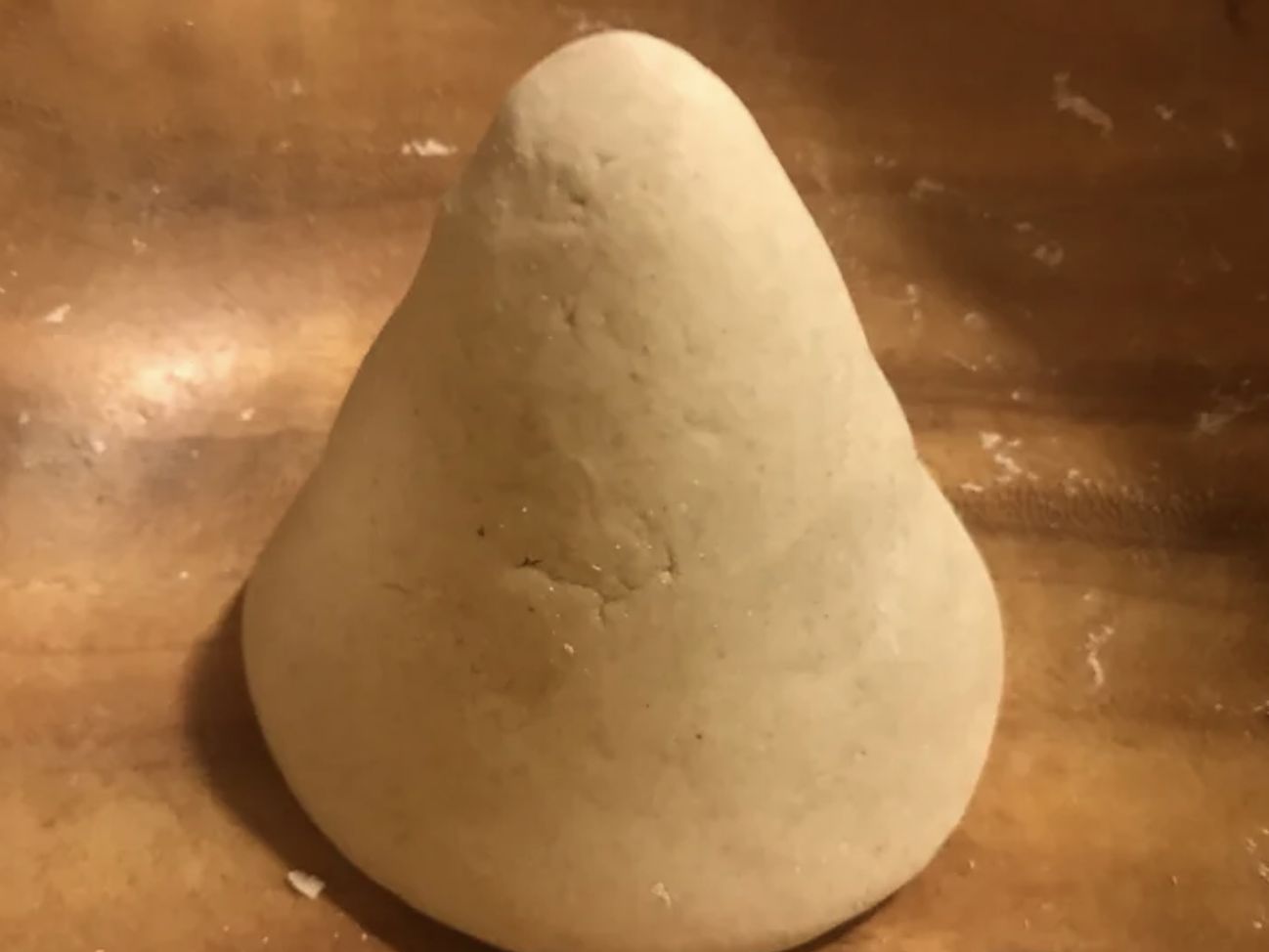
5. Next step is to begin to roll the dough, place onto a work surface then slightly flatten the dough by pressing the centre with your palm. When flat press around the centre of the dough with your palm to flatten out the edges even more so. This should leave a slight mound in the centre of the dough.
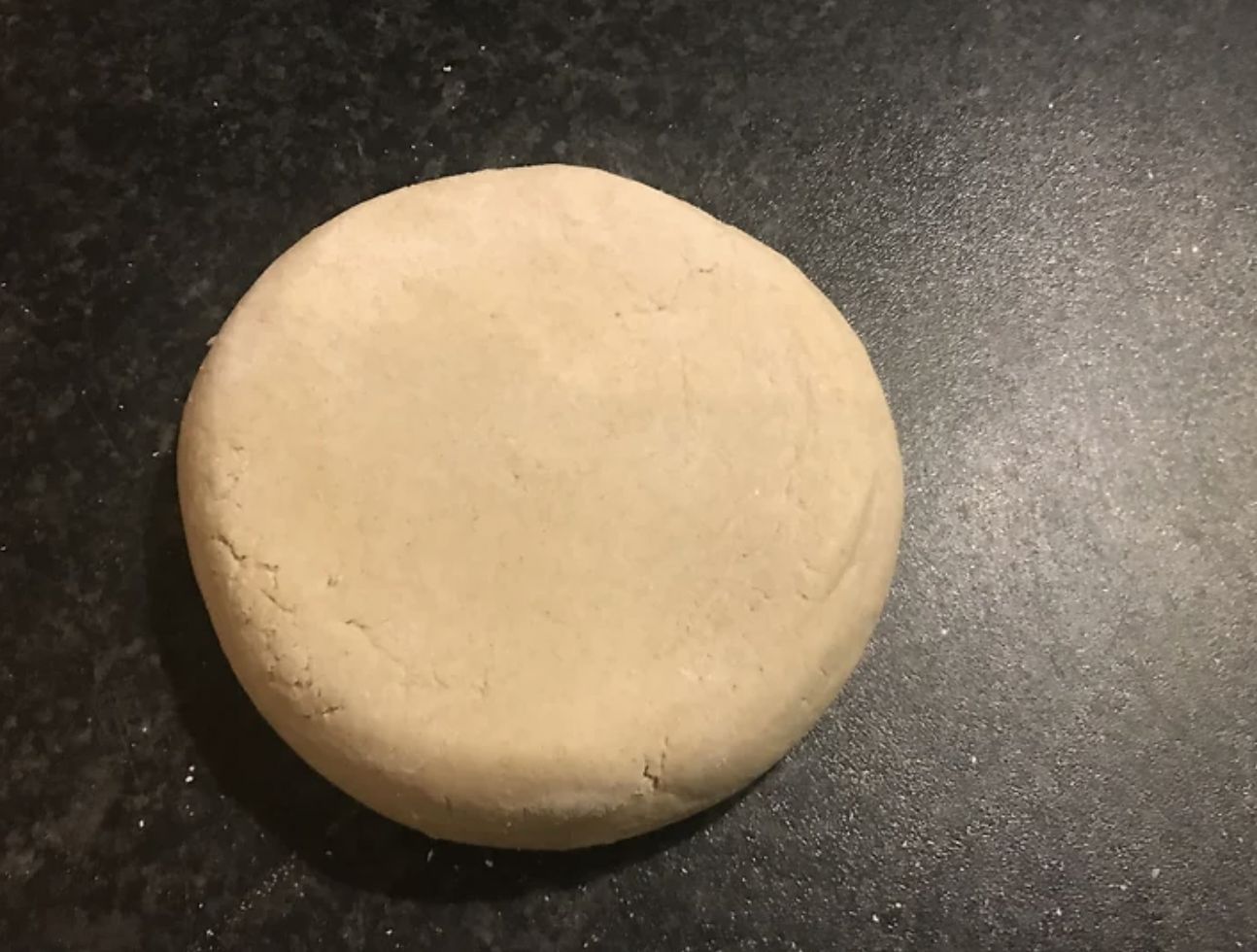
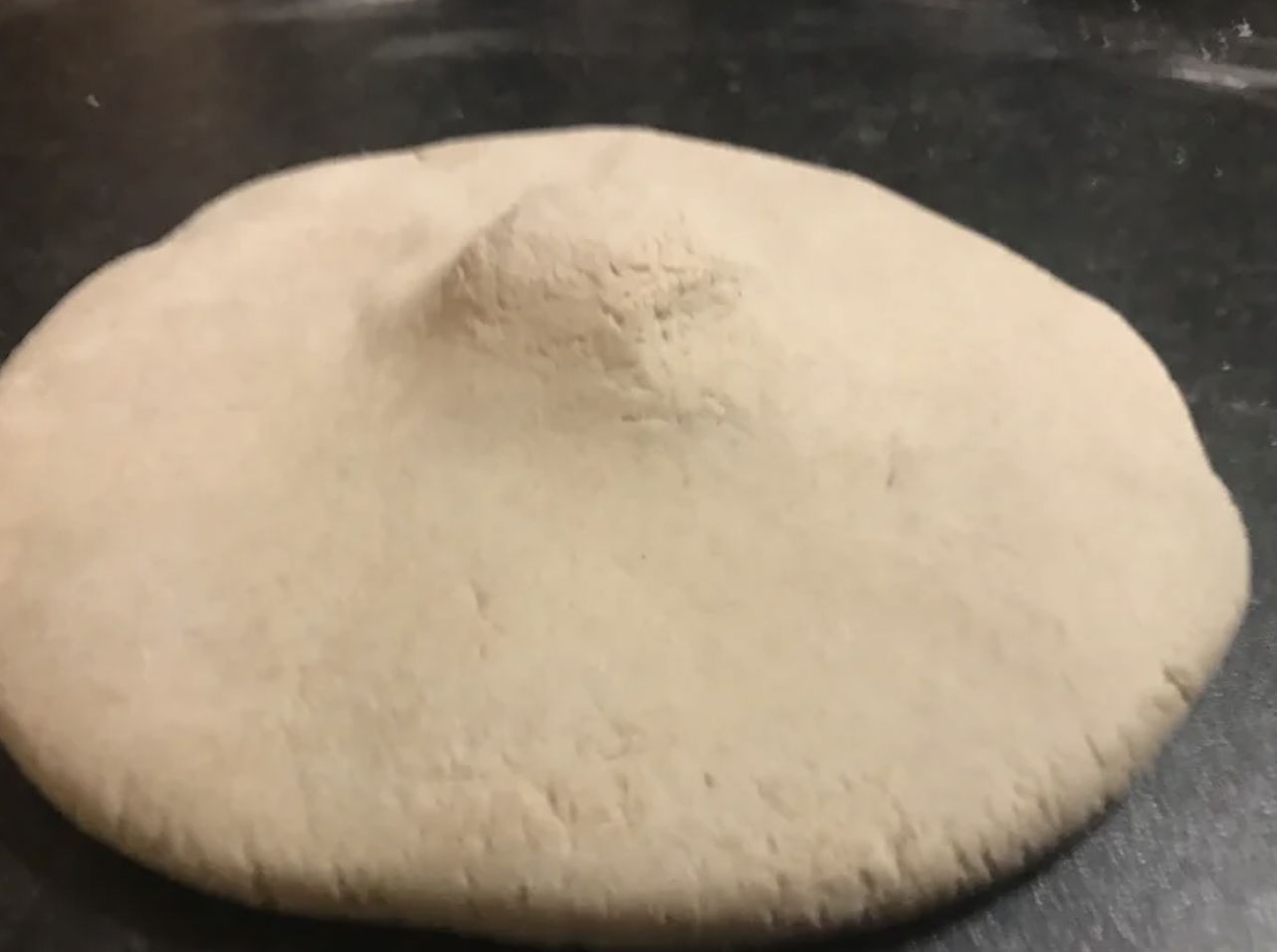
6. Now to roll, lightly dust both sides of the dough with cornflour then using a rolling pin, roll the mound in the dough flat then begin to roll into a large squarish shape. Continue to roll out the dough into a large flat square occasionally dusting with cornflour to prevent the dough from sticking. Use the rolling pin to help move the dough by rolling up onto the rolling pin. Rolling the dough as it is wrapped up in the rolling pin also helps make an even thickness throughout dough. When the dough is approximately 1/8th of an inch thick we are ready to cut it into noodles. The doughs size should be roughly 45cm by 45cm.
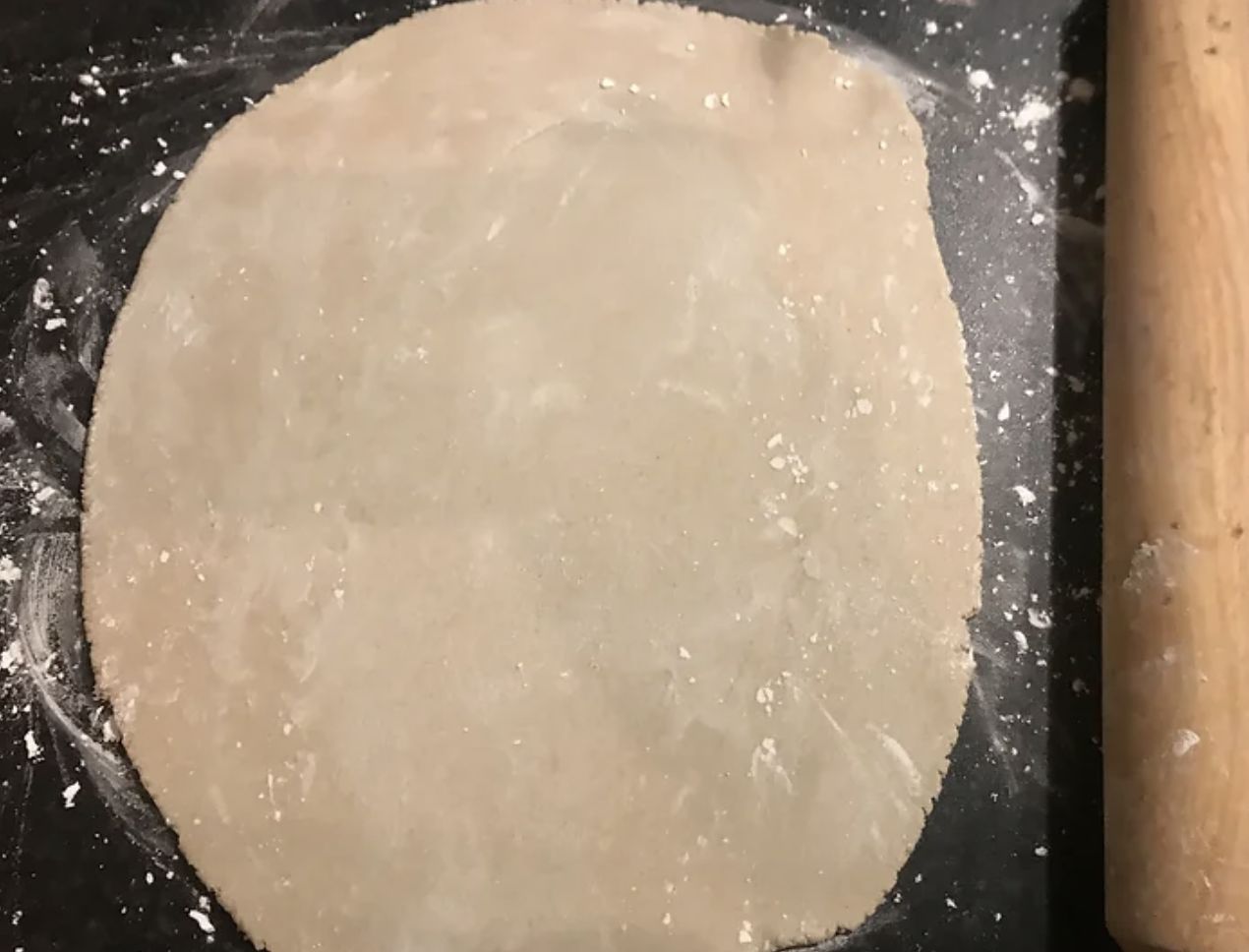
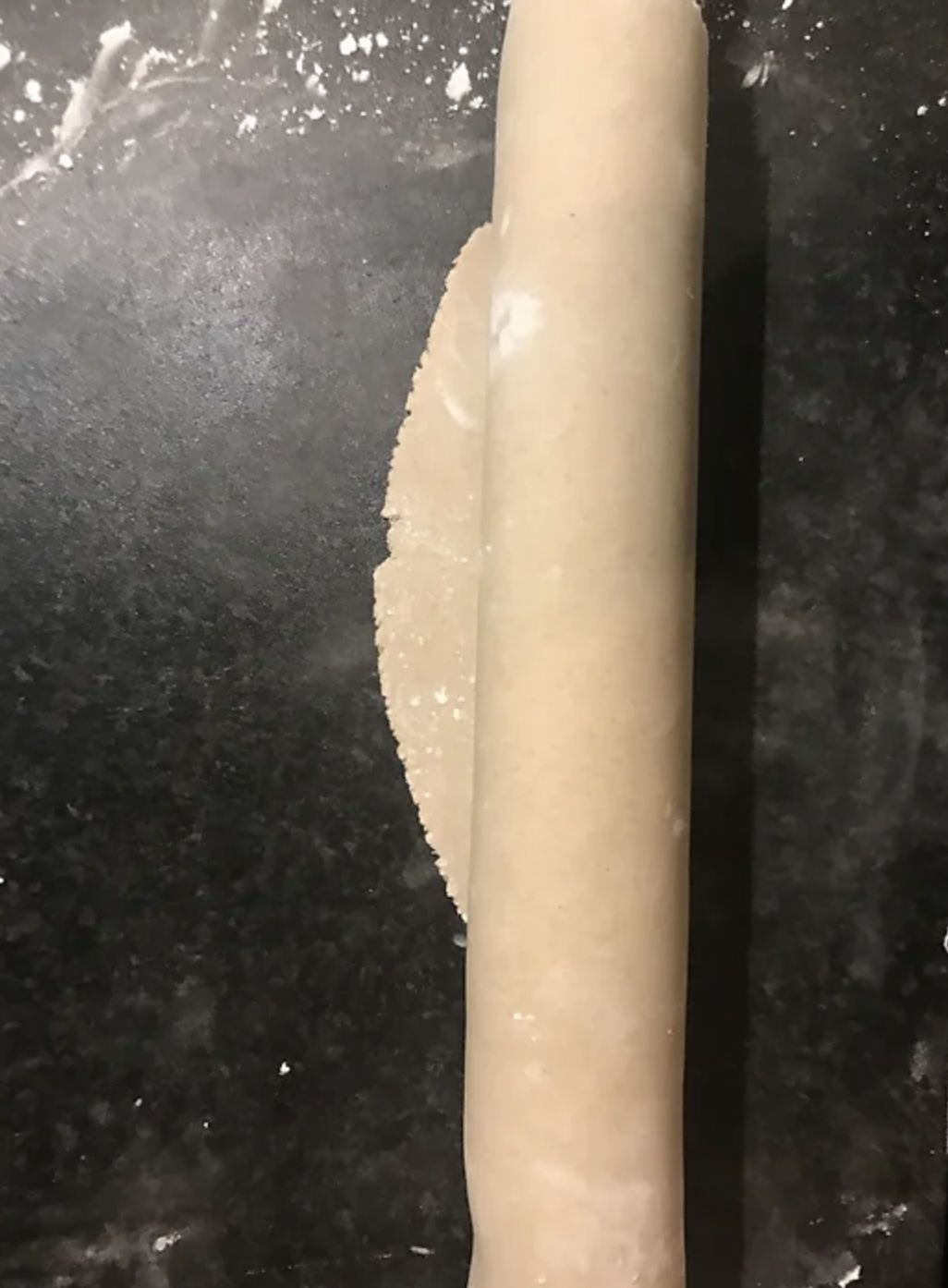
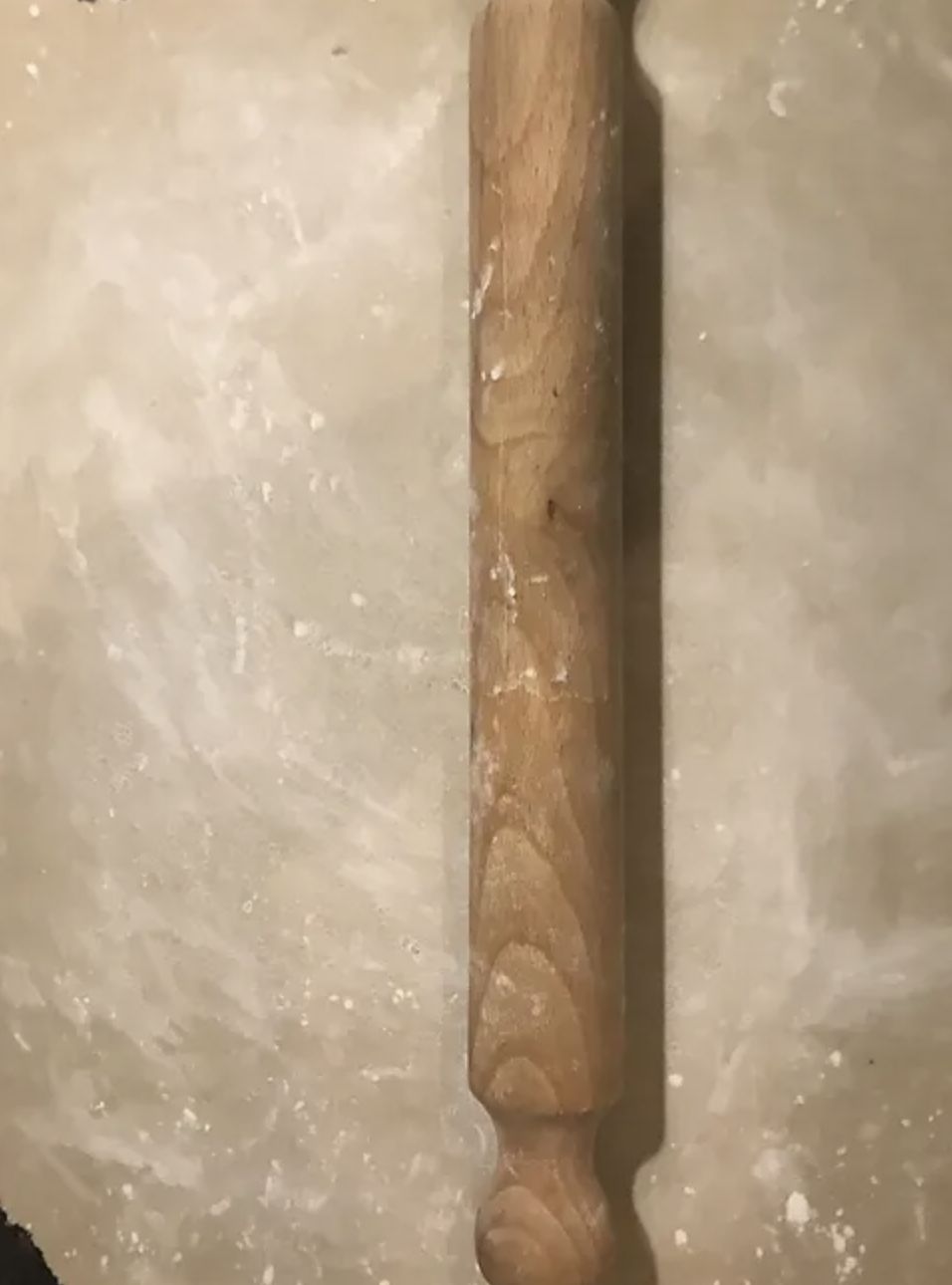
7. To cut the dough first dust the top generously with cornflour then fold in half to form a rectangle. Dust again with cornflour then into half again starting from the top to form a square piece of dough. Now using a large knife begin to cut the dough into 1/16th of an inch thick noodles.
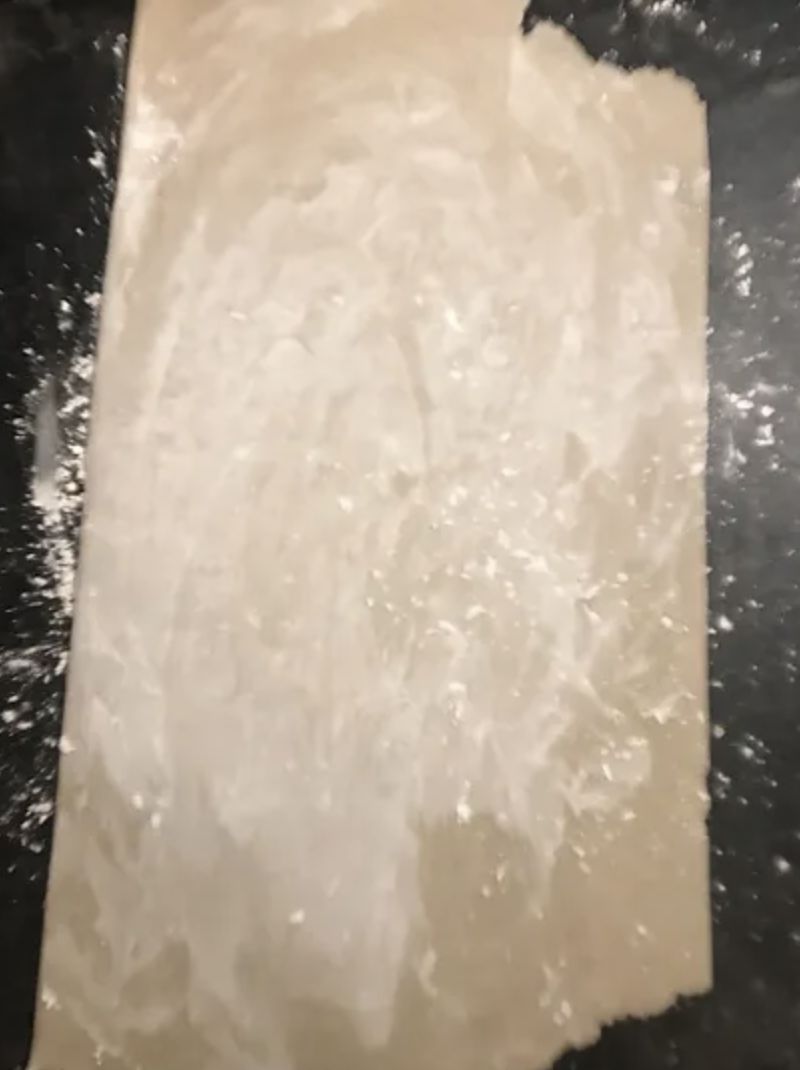
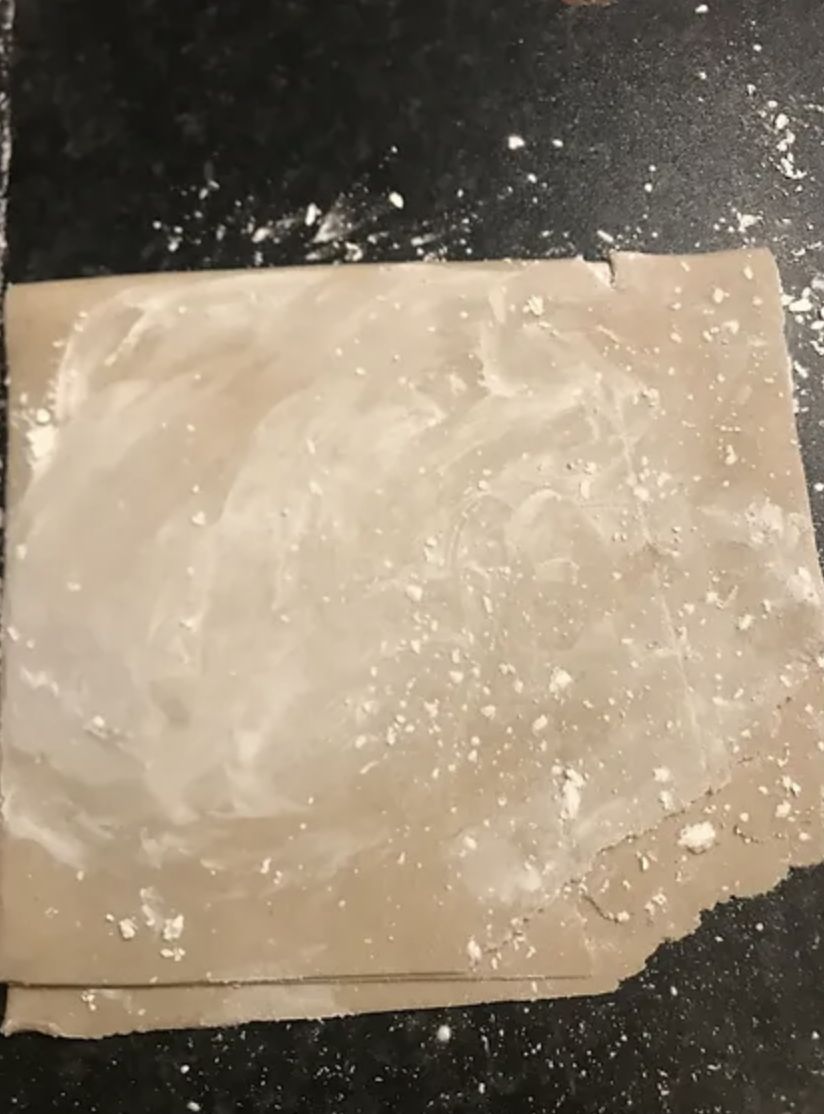
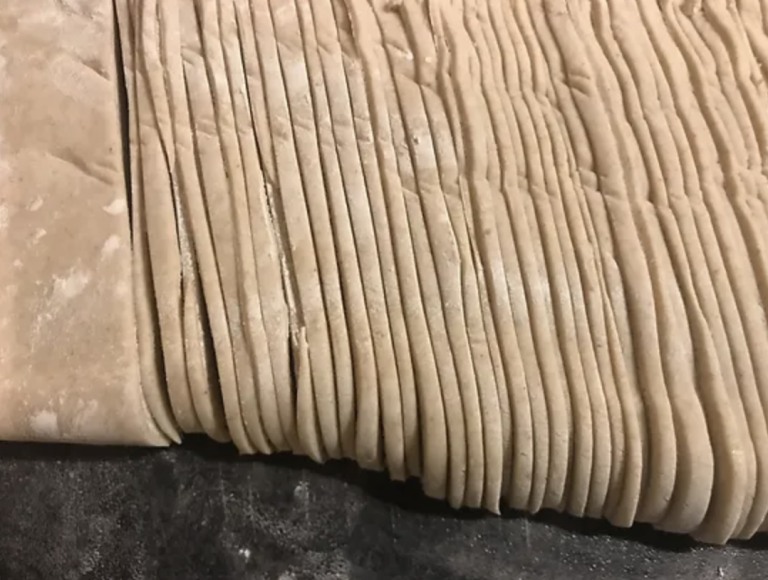
8. When all of the dough is cut, dust again with corn flour and carefully lift the noodles to straighten. Gently tap the noodles against the work surface to remove the excess cornflour and place onto a tray ready to cook later.
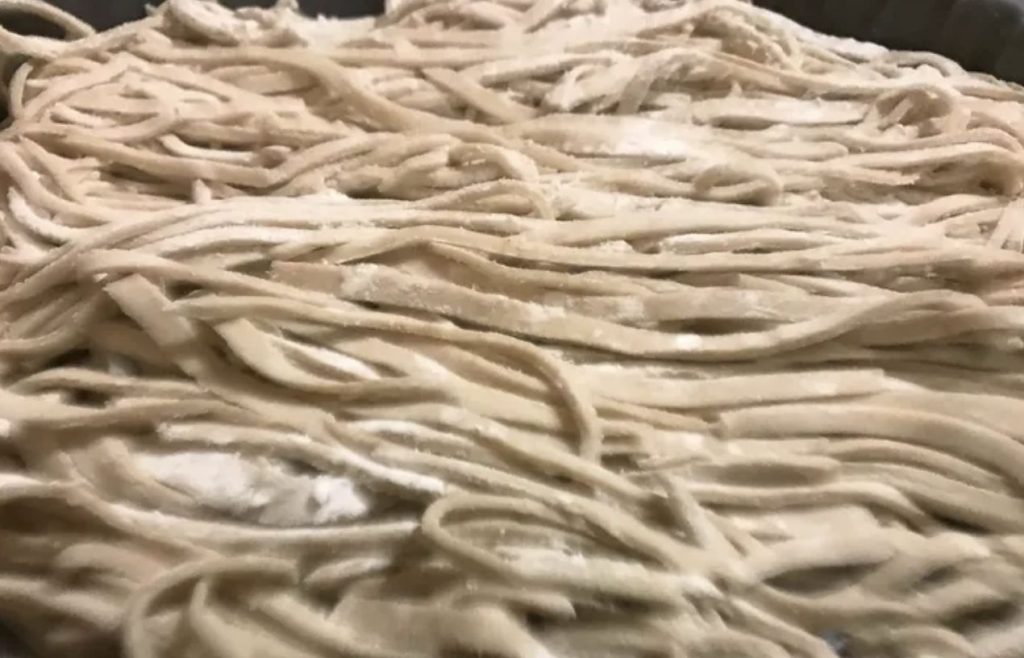
Tempura
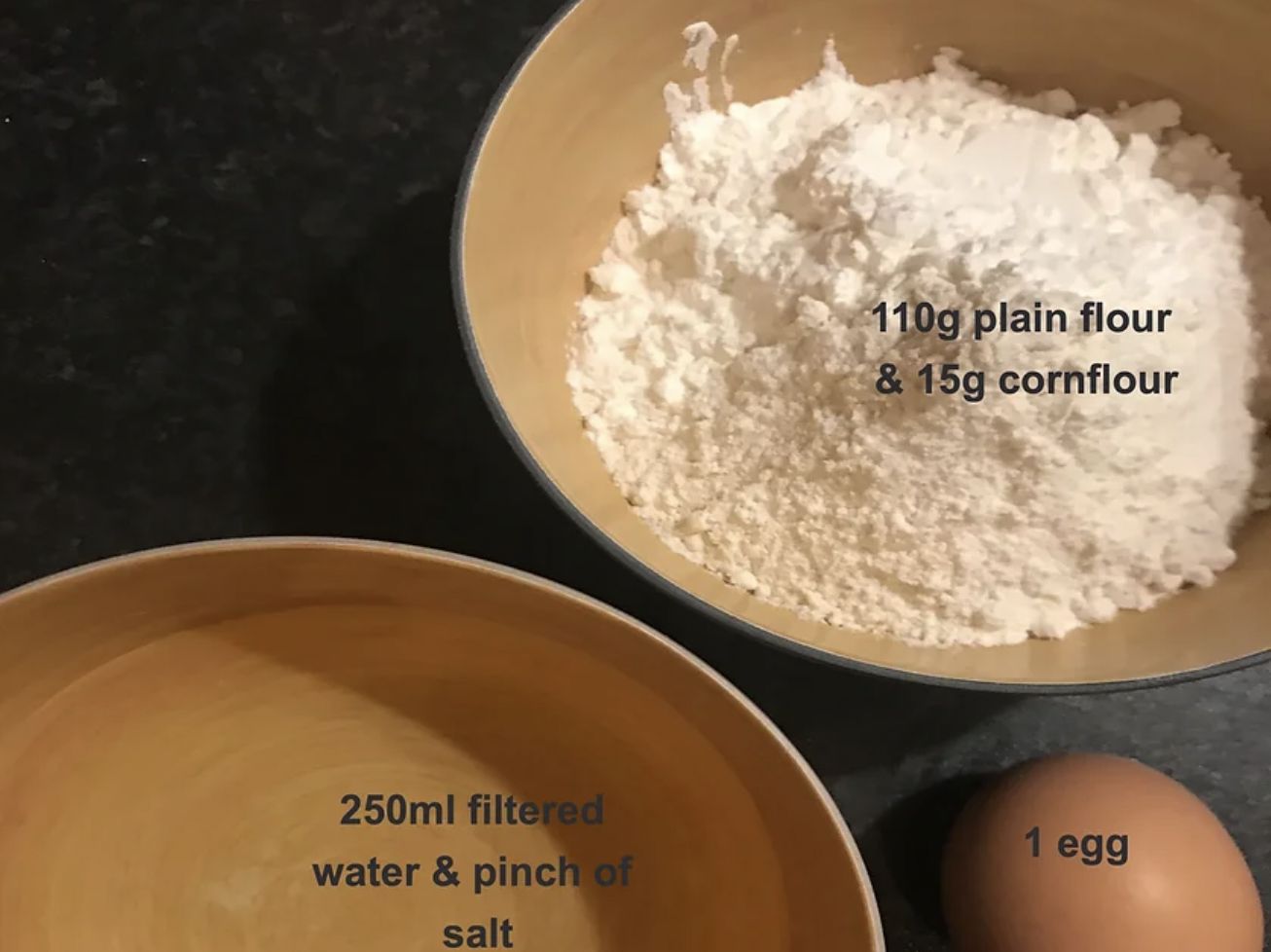
9. Now most all other components are ready we can now make the tempura, in a large bowl sieve 110g of plain flour and 15g of corn flour. Mix well then in a separate jug or bowl add a pinch of salt, 1 whole egg and 250ml of cold filtered water. Whisk well until the egg is combined into the water then add to the bowl of flour. Push the water into the flour with a spatula leaving the batter nice and lumpy. (lumpy, floury batter is what we are going for). When ready place the batter to one side.
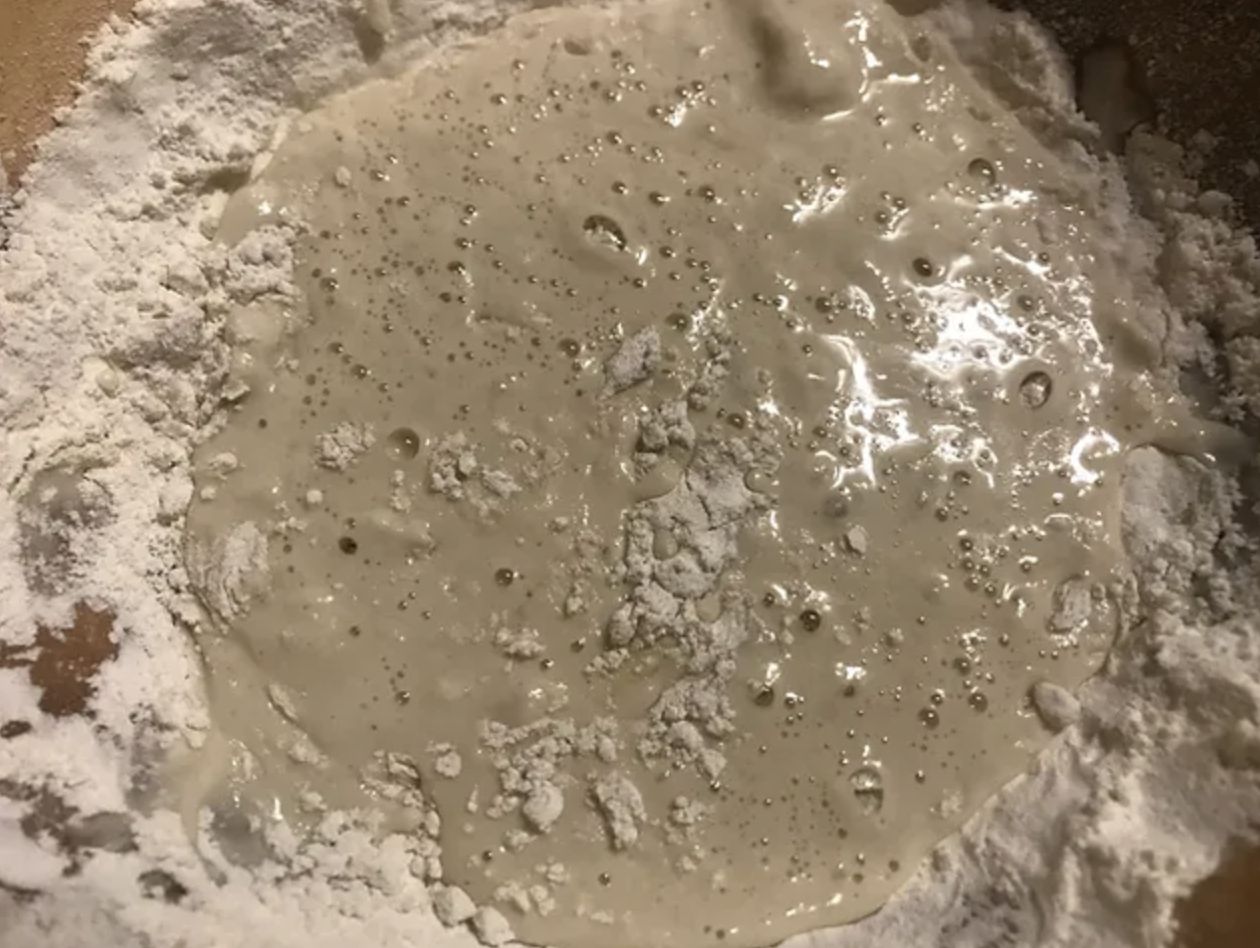
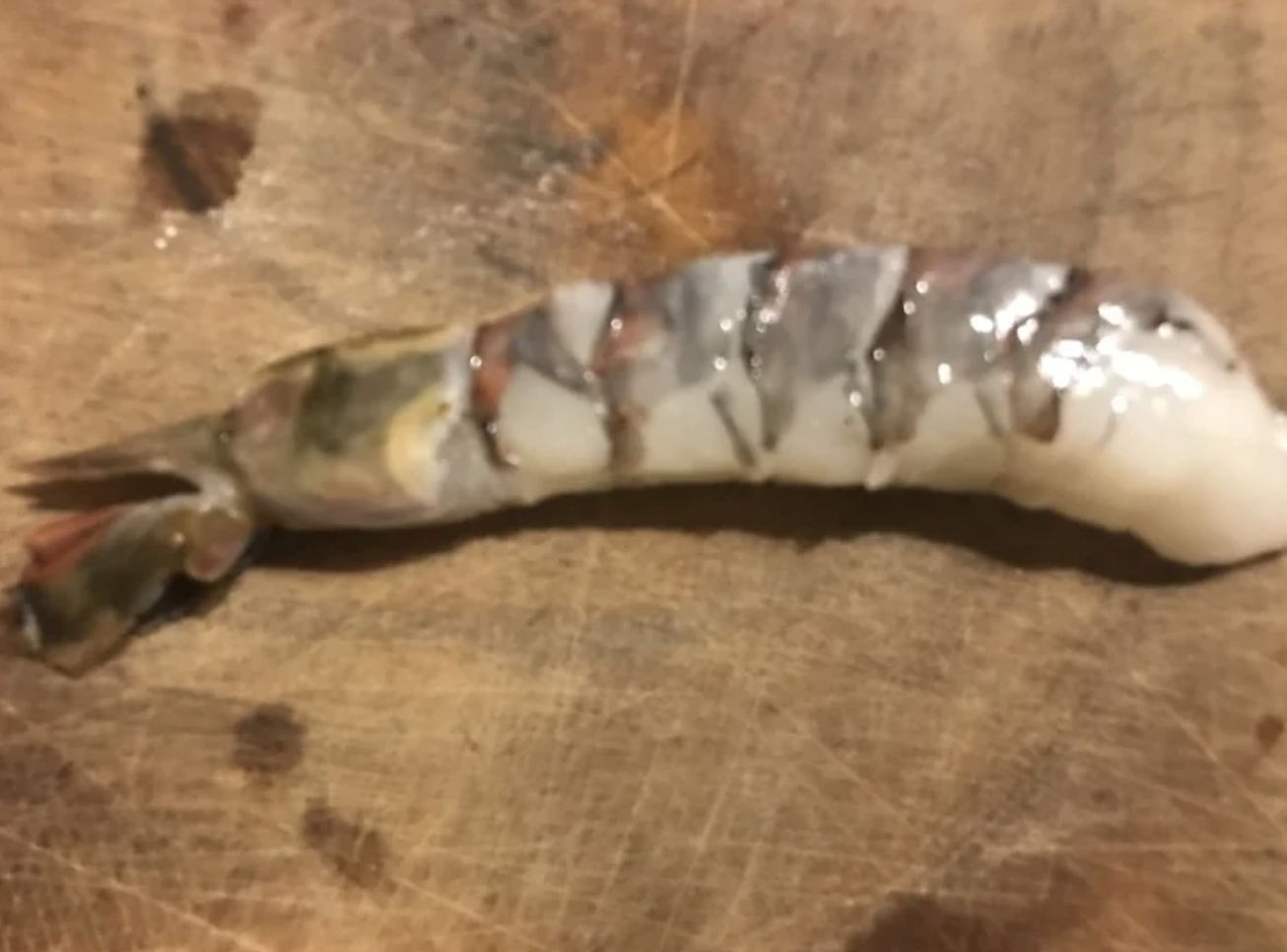
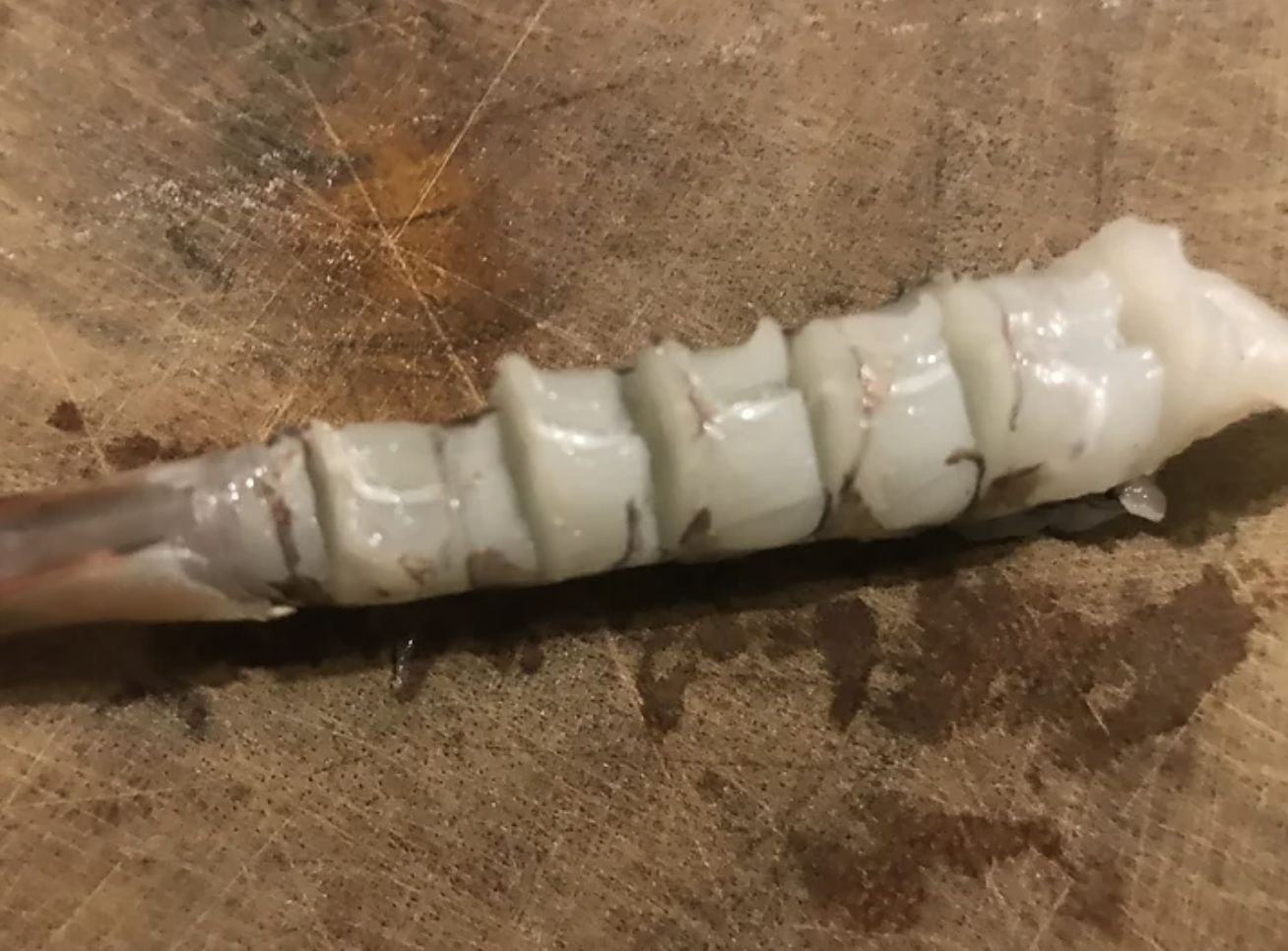
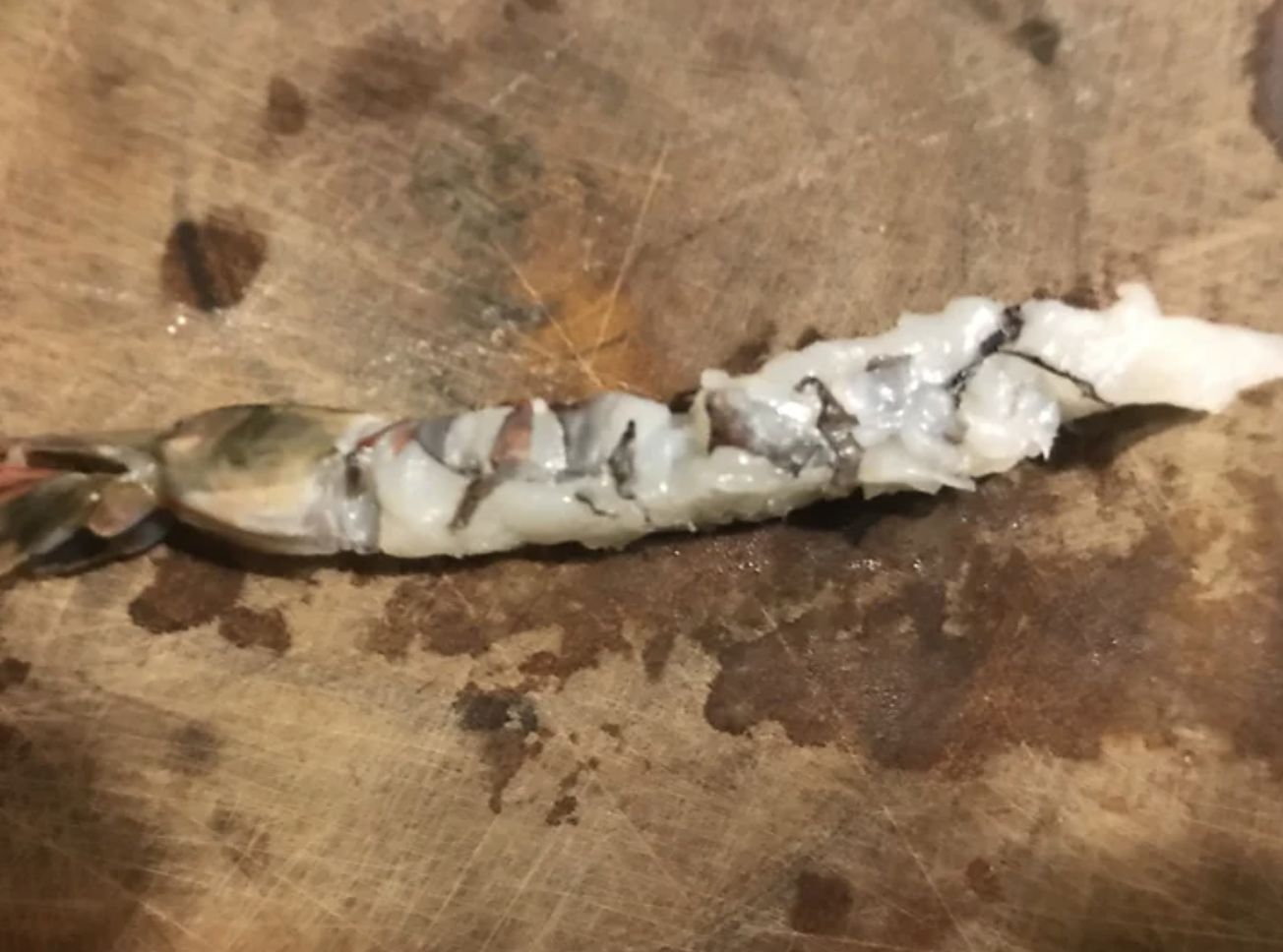
11. Now everything is prepared let’s bring everything together, place the soup that we prepared earlier onto a medium heat to warm through. To cook the noodles place a large pan of water onto a high heat and bring up to a boil. When boiling add the noodles then briefly stir with chopsticks to prevent them from sticking. Turn the heat down to a simmer as soon as you add the noodles and cook for 2 minutes. (Times may vary depending on thickness). When the noodles are cooked strain off the water then place into a bowl of cold water to stop the cooking process.
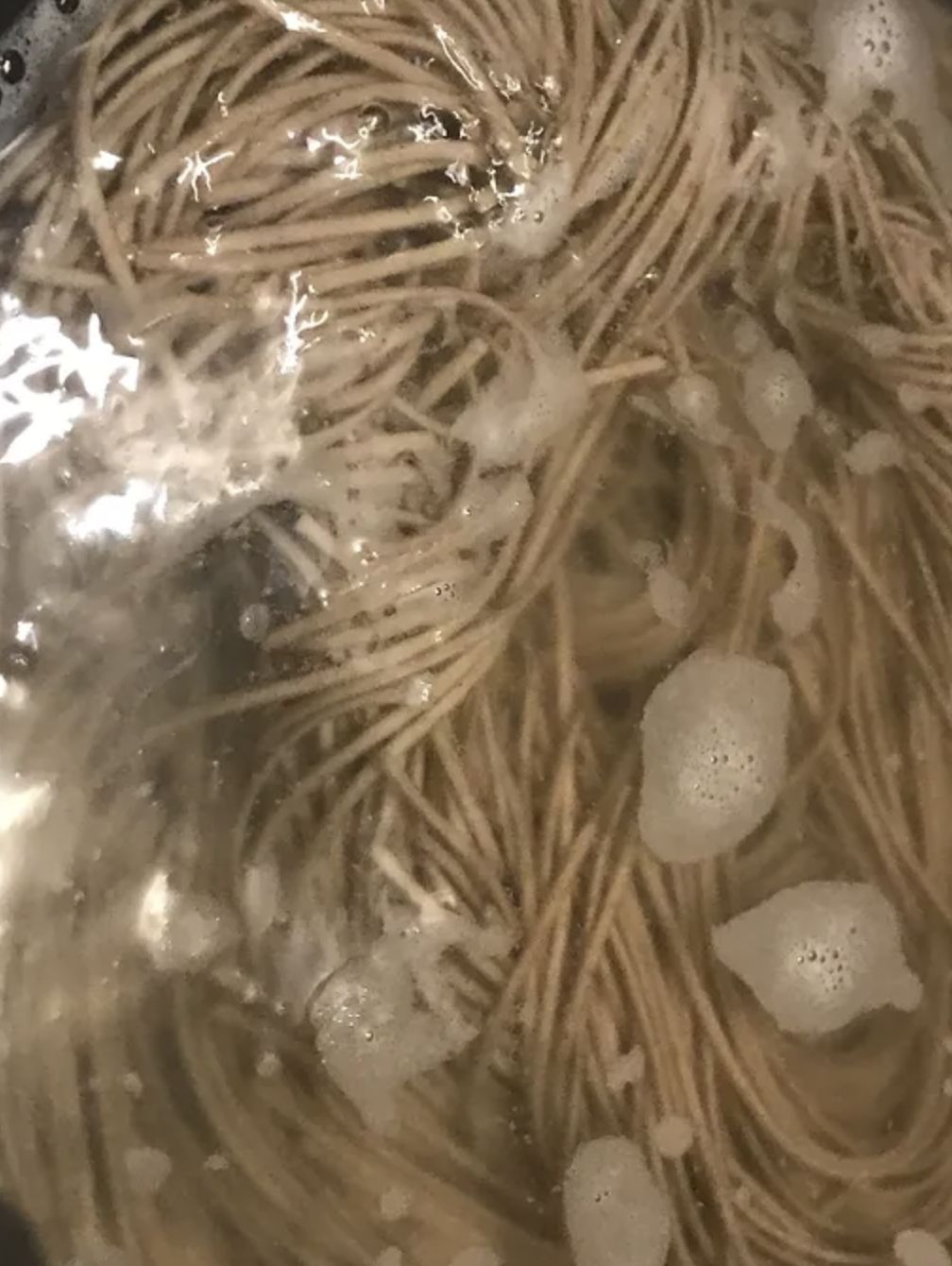
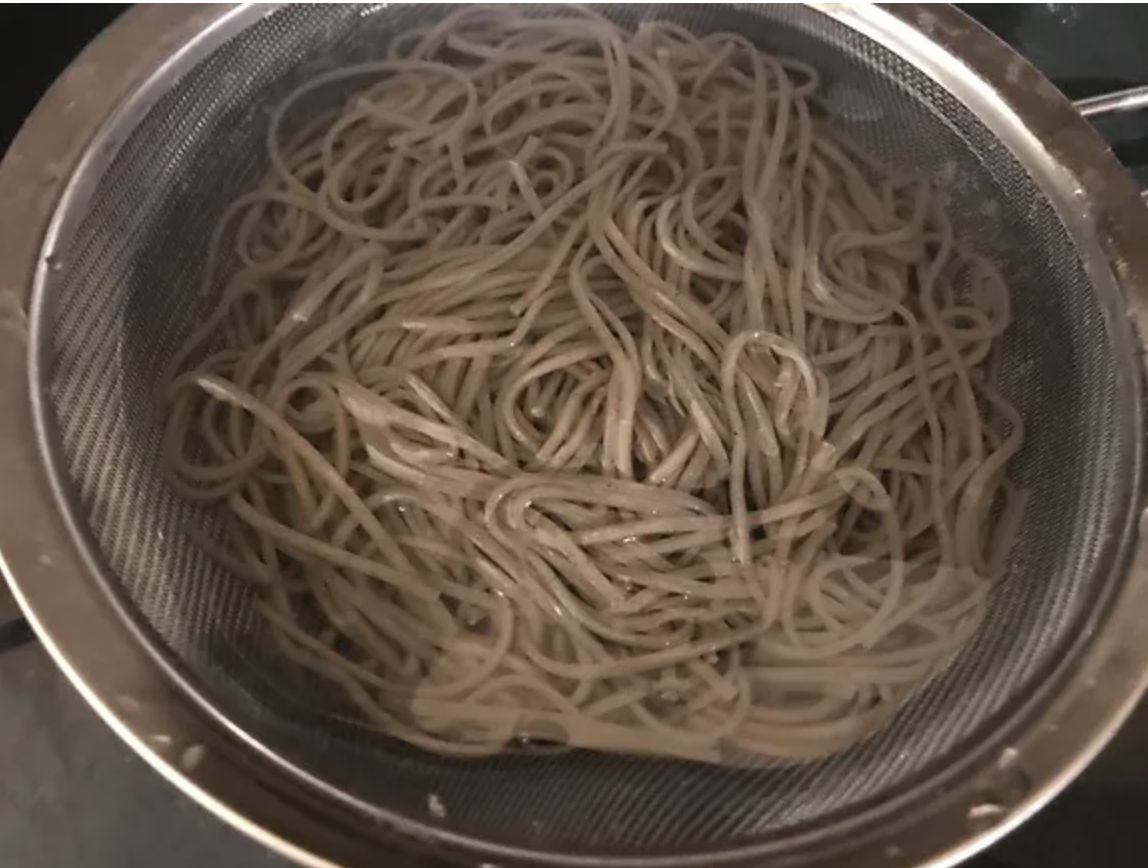
12. To cook the tempura place a pan with a generous amount of oil onto a high heat. Allow the temperature of the oil to reach 180°c. When ready coat the prawns lightly in flour then add the prawns into the tempura batter. Before adding the prawns to the hot oil, add a few drizzles of the batter to the oil to create small tempura flakes. When the flakes are slightly fried gather together in the oil with a slotted spoon then lay each prawn into the flakes and fry. This method is how to get a super crispy and light tempura. Repeat this process with all of the prawns then when each one is cooked place onto a wire rack to drain.
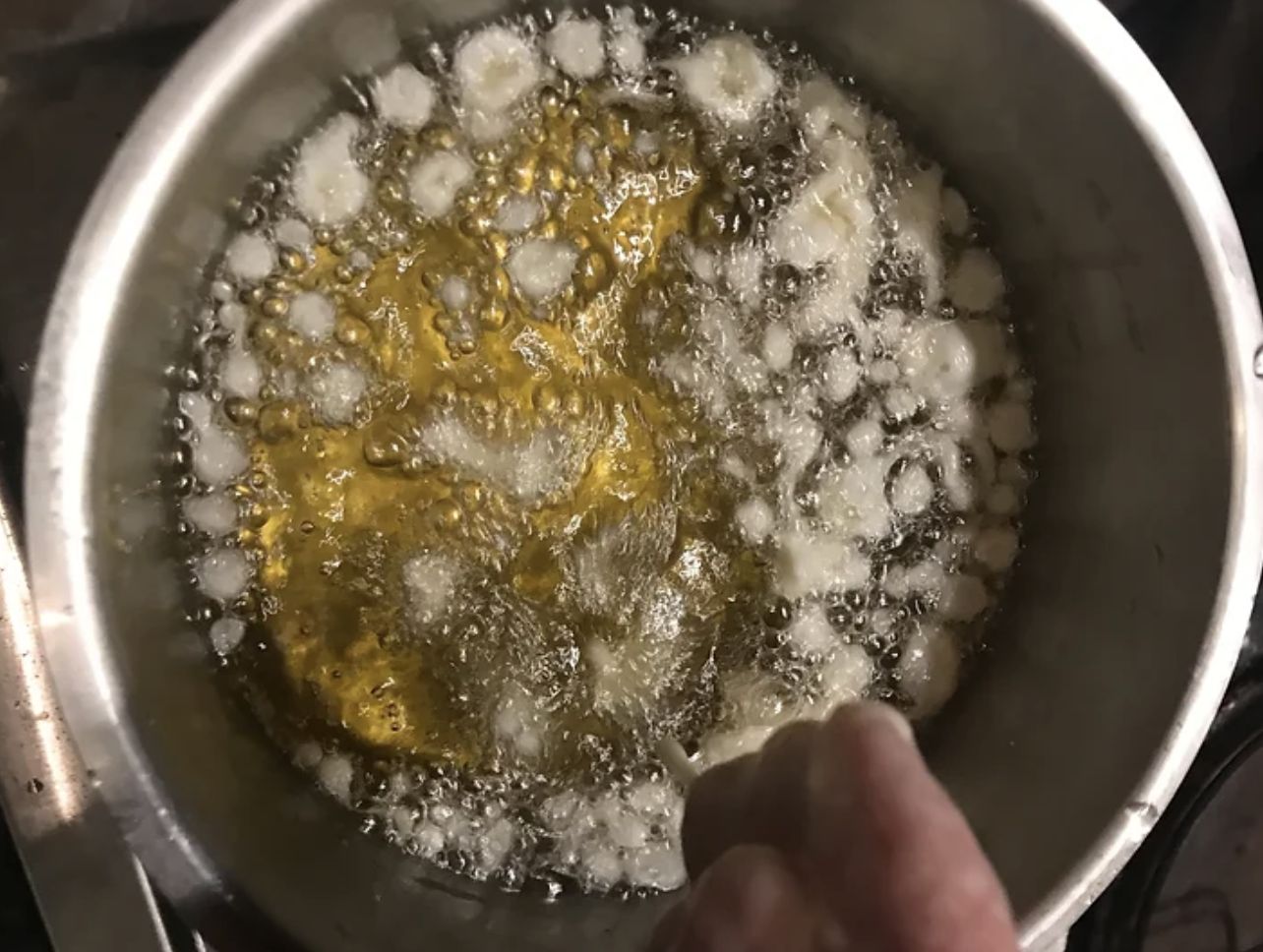
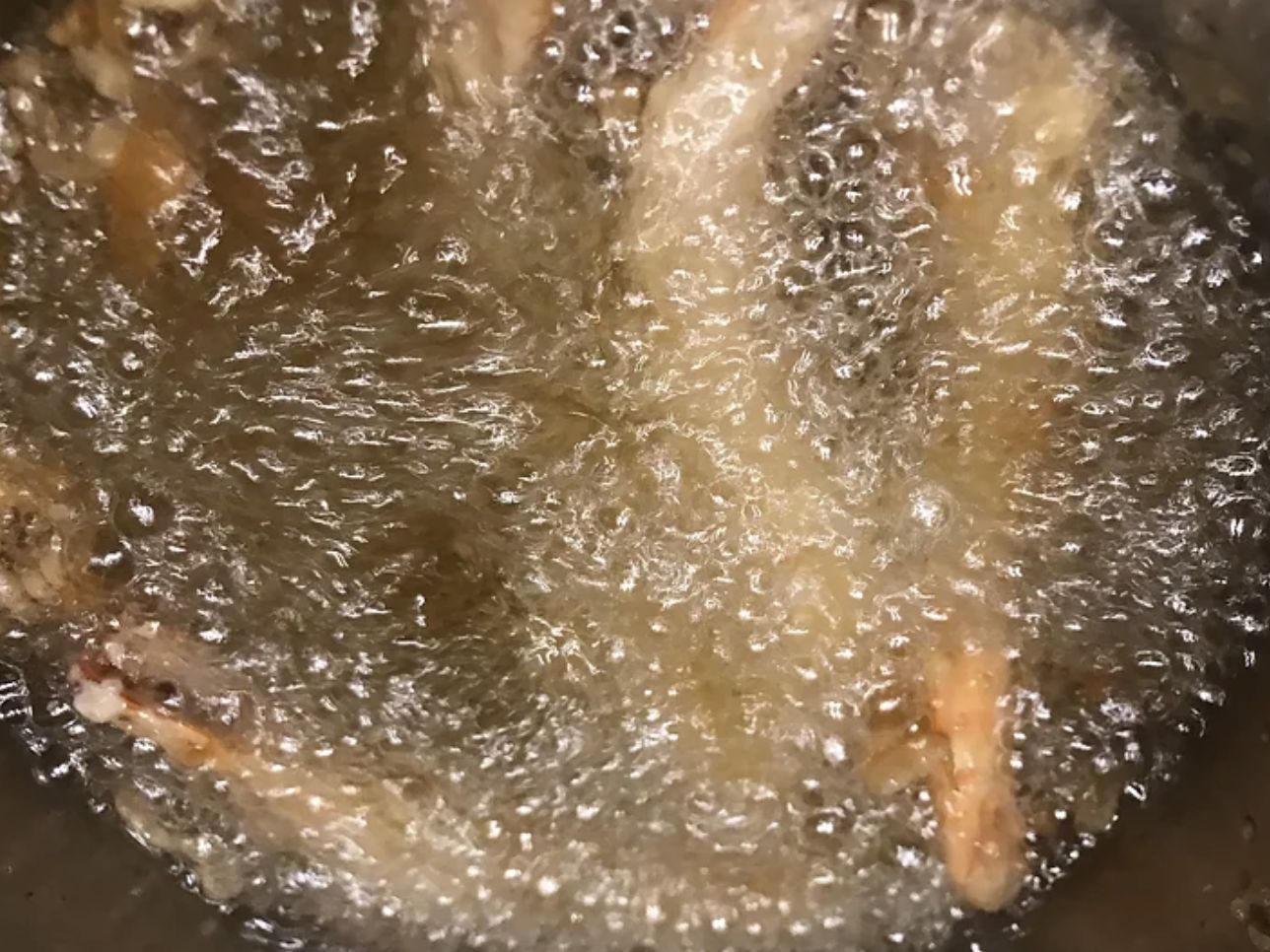
13. Now to plate the dish, divide the chilled soba noodles into bowls then ladle the hot broth over the noodles. Place the tempura over the top then add sliced spring onion and some toasted sesame seeds. Hope you all like this recipe!
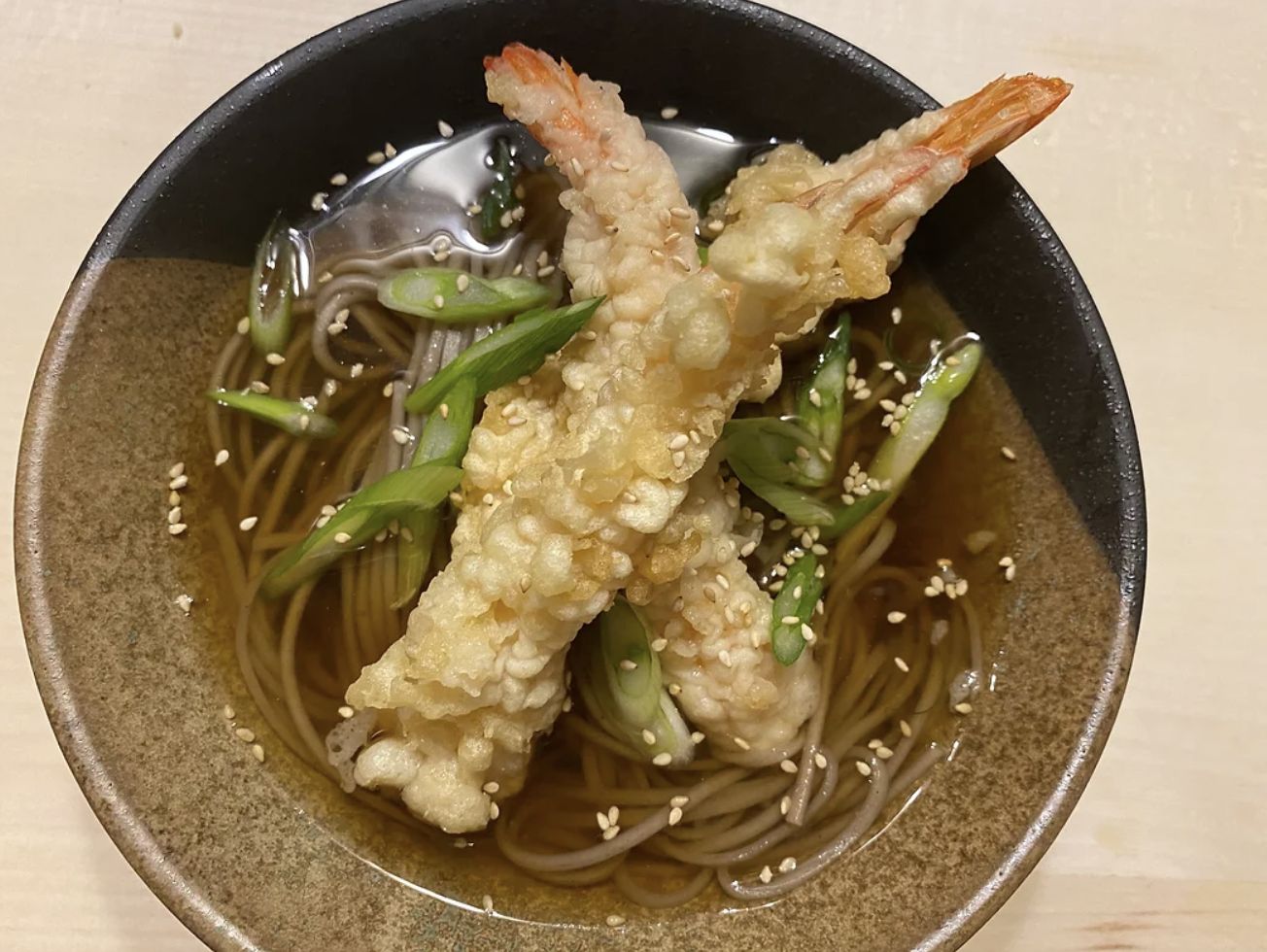
Additional notes
To make things easier and much quicker you could quite simply buy dry soba noodles and use those, however, the end result is nowhere near as good as homemade soba. Instead of tempura prawns, you could try various other vegetables such as squash, spinach, shiso leaf, peppers, green beans or many others…Have fun making soba!!

